Welcome to the Morrisania WIC Program!


Cooking with Jairy March 2023
Cooking with Jairy June 2022
View the June Flyer >
Cooking with Jairy May 2022
View the flyer >
MORRISANIA WIC & SNAP-ED FREE COOKING WORKSHOPS
English

Spanish

ENJOY A MONTH-LONG WORLD OF FLAVORS!
March was Nutrition Month and Morrisania WIC celebrated by dishing up a collection of healthy recipes for all of our friends to try!
The calendar below contains a “World of Flavors” and highlights a different dish for each day of the month. Recipes for each can be found in the Cookbooks provided.
Click the links below to download your cookbook so you and your family can enjoy these easy and affordable tasty treats!
Income Eligibility Guidelines
Check the chart below and see how your family can qualify/continue to receive WIC benefits with the New Income Limits. A family of four can earn up to $47,638 and still qualify for WIC!
To qualify for WIC, individuals must meet categorical, residential, and financial requirements.
1. Categorical
Applicants for the NYS WIC Program must be:
- A pregnant woman;
- An infant or child up to 5 years old;
- A mother of an infant up to 6 months old; or
- A breastfeeding mother with an infant up to 12 months old.
- A father or caretaker applying for their children.
2. Residential
- Applicants must be a resident of New York State.
- We will not ask about visa status or citizenship. Your information is kept confidential.
3. Financial
- Applicants must meet income eligibility guidelines (see table below) or receive Medicaid, SNAP (Food Stamps), or TANF (Temporary Assistance for Needy Families).
Effective through June 30, 2021.
Use the calculator below to check if you may be eligible:

Try Again
Theresa Landau, MS, RDN, CDN, CLC – WIC Director

As the Director of the Morrisania WIC Program, it is Theresa’s responsibility to provide quality WIC services to our community. She feels truly blessed to have worked at Morrisania WIC for over four decades. It has been her passion and her life. Theresa is incredibly proud of Morrisania WIC’s knowledgeable and compassionate staff and our successes through the years.
Clearly WIC is a very important part of Theresa’s life. As a past Chairperson of the NYC WIC Association, WIC Association of NYS, Inc. and the National WIC Association, as well as the leading local, state and national breastfeeding organizations, including her role as Chairperson of Baby Friendly USA, Inc., Theresa has had the privilege to impact WIC and breastfeeding on the national, state, city and local levels. That means that YOU also have impact. She loves to meet participants and their families to learn how we can best improve the program. Theresa is always willing to listen and share your wisdom.
Our WIC families are the shining stars of the Morrisania WIC Program! Thank you!
Diane Merle, MS, RDN, IBCLC – WIC Nutrition Coordinator

Diane is a professional chef turned Registered Dietitian. As the Nutrition Coordinator at the Morrisania WIC Program, Diane works with families and young children towards the goal of preventing nutrition-related diseases and helping others achieve their dreams of health and wellness.
Prior to becoming a dietitian and lactation consultant, Diane spent over 30 years as a professional chef in the U.S., U.K. and Mexico and a National Institute of Health (NIH) biomedical research fellow in the Dominican Republic. She is fluent in English and Spanish and speaks a little French and Italian.
A suburban farmer, Diane is focused on increasing opportunities for growing food in small spaces, expanding growing seasons, seed-saving/sharing and is passionate about protecting water, composting and reducing waste.
Albania Martinez, WIC Community Associate (lovingly known as Alby)

Hi, my name is Albania Martinez. I am a Morrisania WIC Program Community Associate. I have been a part of the Morrisania WIC Program for the past 27 years and out of those years I have had the pleasure of making a difference in the lives of many families. I’m excited to welcome you to our WIC community. I am grateful for the opportunity to show you how much the Morrisania WIC team cares about our families. We are in a partnership with you through your journey of raising a healthy family. WELCOME TO OUR HOME!
Judy Fram, IBCLC – Breastfeeding Peer Counselor Coordinator

Judy is the Peer Counselor Coordinator for the Morrisania WIC Program. She moved to NYC to attend SUNY Downstate Medical Center in Brooklyn. After 38 years, she is still living happily in Brooklyn where she raised her two children. She holds degrees in Physical Therapy and Motor Learning. Judy was a peer support person with La Leche League International for 25 years, and has been a Board-Certified Lactation Consultant for 22 years. Judy loves being part of the Morrisania WIC Team serving the community for the past 4 years. Reading, swimming, singing, listening to and making music, and watching movies are her favorite past times. Judy speaks English, and un poco de Español.
Karla Lewis, IBCLC, RLC - Breastfeeding Coordinator

My name is Karla Lewis. I am the Breastfeeding Coordinator and one of the Board Certified Lactation Consultants at Morrisania WIC. My three children (now 23, 21 and 15 years old) were breastfed, each well past 1 year old. They are now all weaned and sleeping through the night
WIC provided me with helpful information and amazing support as a WIC participant with my 3 children. This encouraged me to join the WIC Program as a Breastfeeding Peer Counselor. Now as the Breastfeeding Coordinator, it is my pleasure to help you meet your breastfeeding goals and provide you with excellent support. WIC was helpful for me. I want you to experience all of the wonderful breastfeeding care that we have to offer. If you ever have any questions or concerns about any of our breastfeeding support, please call me 718-960-2792.
Regine Juhasz - Outreach Coordinator

Regine is the Outreach Coordinator for the Morrisania WIC Program. She is the proud mother of a boy and twin girls. Born and raised in Haiti, Regine migrated to the USA at 18 years old. She later graduated from SUNY College at Old Westbury earning a Bachelor’s Degree in Business Marketing. Regine was a WIC participant before she started working with WIC families in 2013 as a Breastfeeding Peer Counselor.
She is a Certified Lactation Counselor. Doing Outreach for WIC is exciting and very rewarding for Regine.
Regine enjoys reading, exercising, cooking, and camping. Regine speaks English, French, Haitian Creole, and Spanish.
Marisilvia Gamarra – WIC Dietitian/Nutritionist
Marisilvia Gamarra has been a Dietitian with Morrisania WIC for the past 7 years. She is glad to have the opportunity to serve her community. Marisilvia graduated from Lehman College with a Bachelor Degree in Science: Nutrition, Diet and Food Services and a degree in Science from the Private University Antenor Orrego, Toujillo-Peru as a Midwife. At Morrisania WIC, she helps pregnant women meet their nutrition goals for a healthy pregnancy and initiation and support of breastfeeding. Serving the Morrisania community is very gratifying.
Martha Perez - Supervising Clerical Associate
Martha has been working for the Morrisania WIC Program for 22 years as a Clerical Associate. Greeting our participants and ensuring all documents necessary are in place are part of the amazing services Martha provides – and always with a smile. She is the proud mother of a daughter who started college in August of 2018. Her favorite quote is “Helping one person might not change the whole world, but it could change the world for one person.”
Verenice Perdomo - Breastfeeding Peer Counselor
Verenice is a mother of two Children ages 15 and 7 years old.
She was a WIC participant at Morrisania WIC before starting 6 years ago as a Breastfeeding Peer Counselor. The kindness, compassion and professionalism of the staff at Morrisania WIC is really what compelled her to join the team. The breastfeeding team helped her and supported her throughout the 3.5 years that she breastfed my son. It is a pleasure for Verenice to return the favor.
Josefina, a breastfeeding counselor English
Josefina, la consejera de lactancia Español
Jesenia, a breastfeeding counselor English
Jesenia, la consejera de lactancia Español
Judy, a Lactation Consultant (IBCLC) and the Peer Counselor Coordinator English
Karla, a Lactation Consultant (IBCLC) and the Breastfeeding Coordinator English
Afsa, a breastfeeding counselor, English
Afsa, une conseillère en allaitement français
Table of Contents
- Heavy Metal Headlines
- Recognizing Nutrient Deficiencies
- Health Benefits of Plant-Based Diets
- Atopic Dermatitis
- Choline
- Health Benefits of Honey
- Non-nutritive Sweetener (NNS)
- Psychobiotics: Healthy diet for a healthy mind!
- WIC DADS: A Recipe for Successful Breastfeeding
- Cow’s Milk Protein
- Nausea and Vomiting of Pregnancy
- How to Help Your Infant with Colic
- Snacking and Heart Health
- Dream Big 2018
- Cold and Dry
Heavy Metal Headlines
By Diane Merle MS, RDN, IBCLC

The Food and Drug Administration (FDA) has been exploring the problem. Heavy metals in our soil can be naturally occurring, but a lot of it comes from industry and farming. Pesticides and fertilizers are made from these metals and can build up in the soil and water. Absorbed by plants grown for food, they cannot be completely removed by washing or food preparation.
Some experts say current acceptable levels are not safe. The FDA says they take exposure to toxic elements very seriously. While high levels can be deadly, they are very unlikely in our communities. Low level exposures can cause a variety of illnesses. All exposure should be minimal and baby food is a very small part of the overall exposure risk. If you think you or your child may have been exposed to unsafe levels, speak to your doctor about measuring levels in blood, urine, hair and fingernails.

For more information:
Metals in Baby FoodsProtect Against Lead Exposure with WIC FoodsRecognizing Nutrient Deficiencies
By Karen Nimmons, JJPVA Dietetic Intern, Class of 2019
A healthy diet is important for proper growth and to reduce the risk of illness. A healthy diet consists of eating adequate amounts of protein, fats, and carbohydrates. These are called macronutrients because your body needs them in relatively large (macro) amounts.
Also needed is giving your body a good supply of vitamins and minerals. Vitamins and minerals are called micronutrients because you only need them in fairly small (micro) amounts. The best way to give your body all the nutrients it requires is by eating a variety of fruits, vegetables, whole grains, and protein.
When your body doesn’t get adequate nutrients, it lacks what it needs for proper functioning. This imbalance between the supply of nutrients and the body’s demand for them is termed malnutrition. Pregnant women, lactating mothers, and young children are the most vulnerable to micronutrient deficiencies.

• Malnourished children have an increased risk of dying from infectious diseases and increased risk of impaired physical and mental development.
Being able to recognize a deficiency can be an important step in alerting you that there may be a problem and can prompt you to get the help you need.
Skin
The skin is very sensitive to nutritional inadequacies – low levels as well as excess amounts.

Acanthosis Nigricans, a condition of dark, velvety skin that develops in body folds and creases can be an indicator of insulin resistance or diabetes.
Hair
The hair can provide insight into possible deficiencies of Zinc, Biotin, Copper and Vitamin C. It may also indicative of not getting enough protein or calories.
Pay attention if you have thin, sparse, or patchy hair, notice color changes, loss of color, or lackluster hair.
Corkscrew, imbedded coiled hairs, or hairs in the shape of a swan’s neck on the arms or legs should also alert you to the likelihood of an inadequate diet.
Nails
Nails are often an overlooked area but can provide good insight into a body’s nutritional status. Brittle, soft, weak or thin nails could indicate severe malnutrition or a need for more Magnesium. It could also mean you are getting too much vitamin A and/or selenium.



Eyes
If you’re not getting enough Vitamin A, you may notice it in your eyes.
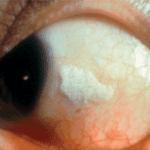

Mouth

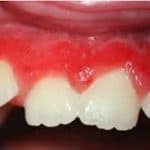

References:
https://www.who.int/new-room/fact-sheets/detail/malnutrition
MORDARSKI B. Pediatric Nutrition Focused Physical Exam Pocket Guide. AMERICAN DIETETIC ASSN; 2018.
Ball J, Dains J, Flynn J, Solomon B, Stewart R. Seidel’s Guide To Physical Examination. 9th ed. St. Louis: Mosby; 2018.
Health Benefits of Plant-Based Diets
By Lara Cemo, Dietetic Intern, Lehman College, 2018-2019
What are plant-based diets?
- Plant-based dietary patterns are centered around a variety of plant foods including vegetables, fruits, beans, lentils, nuts, seeds, herbs, and spices.
- There are many different kinds of plant-based dietary patterns:
- Vegetarian: No meat, chicken, or fish.
- Semi-vegetarian: Sometimes eats meat, chicken, or fish.
- Vegan: No meat, chicken, fish, milk, eggs, or honey.
What are the health benefits of plant-based diets?
- Plant-based dietary patterns are associated with reduced risk of developing numerous chronic diseases.1,2
- Heart disease
- Cancer
- Type 2 Diabetes
- High blood pressure
- Stroke
- Overweight and obesity
- Plant-based diets are associated with improved diet quality.3
- Increased intake of fruits and vegetables
- Increased intake of unsaturated fat
- Decreased intake of saturated fat and cholesterol
- Decreased sodium intake
Are plant-based diets safe for mothers and children?
- Yes! The Academy of Nutrition and Dietetics states that plant-based diets are appropriate at every stage of life, including pregnancy, lactation, infancy, and childhood.1
- Following a vegetarian dietary pattern during pregnancy can prevent excessive weight gain.4
- Plant-rich diets are associated with fewer complications during pregnancy, including reduced risk of gestational diabetes and preterm birth.5
- Vegetarian children are more likely to have a healthy body weight, consume more fruits and vegetables, and have reduced intake of saturated fat.1, 6
Nutrients of Consideration on Plant-Based Diets
- Vitamin B12
- This vitamin is found mainly in animal-based foods, but is also be found in certain fortified plant-based milks. Read the nutrition facts label to make sure it contains vitamin B12.
- Ensure adequate intake of this important nutrient by taking a vitamin B12 supplement daily.
- Vitamin D
- This vitamin is found in fortified milk and some fortified plant-based milk.
- Our skin also makes vitamin D when exposed to sunlight, so you can take a walk in the sun to get vitamin D.
- Consider taking a vitamin D supplement if nutrient needs are not met through sunlight and fortified food intake.
- Iron
- Plant foods rich in iron include beans, lentils, tofu, dark green vegetables, dried fruits, nuts, seeds, and whole grains.
- Pair these iron-rich plant foods with foods high in vitamin C to improve iron absorption and ensure adequate iron status.
- Vitamin C rich foods include oranges, lemons, bell peppers, and broccoli.
- Calcium
- Achieve adequate calcium intake by incorporating calcium-rich plant foods such as broccoli, kale, collard greens, fortified soy milk, tofu, beans, and almonds.
- Zinc
- Plant-based sources of zinc include nuts, pumpkin seeds, whole grains, beans, tofu, and fortified cereals.
WIC provides a variety of plant-based foods that are rich in health-promoting nutrients for pregnant women, infants, and children.
References
1. Lessen, Rachelle, MS, RD, IBCLC, LDN|Kavanagh, Katherine, PhD, RD, LDN. Position of the academy of nutrition and dietetics: Promoting and supporting breastfeeding. Journal of the Academy of Nutrition and Dietetics. 2015;115(3):444-449. https://www.clinicalkey.es/playcontent/1-s2.0-S2212267214018760. doi: 10.1016/j.jand.2014.12.014.
2. Spencer EA, Appleby PN, Davey GK, Key TJ. Diet and body mass index in 38 000 EPIC-oxford meat-eaters, fish-eaters, vegetarians and vegans. Int J Obes. 2003;27:728. https://doi.org/10.1038/sj.ijo.0802300.
3. Clarys P, Deliens T, Huybrechts I, et al. Comparison of nutritional quality of the vegan, vegetarian, semi-vegetarian, pesco-vegetarian and omnivorous diet. Nutrients. 2014;6(3):1318-1332. https://www.ncbi.nlm.nih.gov/pubmed/24667136 https://www.ncbi.nlm.nih.gov/pmc/PMC3967195/. doi: 10.3390/nu6031318.
4. Pistollato F, Sumalla Cano S, Elio I, Masias Vergara M, Giampieri F, Battino M. Plant-based and plant-rich diet patterns during gestation: Beneficial effects and possible shortcomings. Advances in Nutrition. 2015;6(5):581-591. http://dx.doi.org/10.3945/an.115.009126.
5. Stuebe AM, Oken E, Gillman MW. Associations of diet and physical activity during pregnancy with risk for excessive gestational weight gain. American Journal of Obstetrics and Gynecology. 2009;201(1):58.e8. http://www.sciencedirect.com/science/article/pii/S0002937809002166. doi: //doi.org/10.1016/j.ajog.2009.02.025.
6. Sabaté J, Wien M. Vegetarian diets and childhood obesity prevention. Am J Clin Nutr. 2010;91(5):1529S. http://dx.doi.org/10.3945/ajcn.2010.28701F.
Photo Credit in order of Appearance
1. Harvard Health Publishing: https://www.health.harvard.edu/staying-healthy/the-right-plant-based-diet-for-you
2. Physicians Committee for Responsible Medicine: https://www.pcrm.org/good-nutrition/plant-based-diets/pregnancy
3. Natural Food Series: https://www.naturalfoodseries.com/13-benefits-beans/
Atopic Dermatitis
by Gabi Kahn, Dietetic Intern Class of 2019
What is Atopic Dermatitis (AD)?
Atopic dermatitis is the most common form of eczema that begins in the first 6 months of life. It affects about 5-20% of infants worldwide. Symptoms include a red, itchy rash that can be very uncomfortable and long lasting. Atopic dermatitis affects more African Americans than any other populations.
To understand more of how AD works at a cellular level you can view this video:
https://www.youtube.com/watch?v=L5oRHWsJJJA&vl=en-US
To understand more about what AD looks like you can view this video:
https://www.youtube.com/watch?v=UwQYn3TQgV4
What causes AD and how can we prevent and reduce symptoms?
1. Low level of Vitamin D is a major cause of Atopic Dermatitis.
You can help prevent and reduce symptoms of AD by regularly
checking your baby’s vitamin D levels with your health care provider.
2. Mold exposure, both pre- and postnatal, are another major cause of AD.
If mold is found in the house then it is important to get help by
calling 311. Environmental allergens such as dust mites, pollen and
pet dander can also make AD worse.
3. Formula feeding has been noted to increase the rate of development of AD.
Thus, mothers who breastfeed exclusively for at least 4-5 months provide
a protective layer for their baby by reducing the chance of him or her developing AD.
4. Along with #3, a mother’s diet greatly influences the baby’s health.
To help prevent and alleviate symptoms, mothers should consume a healthful
diet consisting of fruits and vegetables daily, fish two times a week
and at least 600 IU of vitamin D a day. With this, mothers who consume
probiotics also add another beneficial layer of protection. Studies
have noted that the addition of probiotics both pre- and postnatal help
prevent AD. These probiotics can be found in food items such as yogurt.
5. Lastly, introducing infant foods at less than 4 months increases the
risk of AD. In order to reduce this risk, it is important to talk
to a nutritionist about when to start offering infant foods.
Let’s wrap it up
AD can be a very irritating and uncomfortable skin condition for your baby so it is important to be mindful of the signs and symptoms, as well as the ways to reduce and prevent future breakouts. Changing your (mom’s) diet to include more healthful food as well as probiotics, increasing vitamin D exposure, watching out for mold and exclusively breastfeeding are all great ways to prevent AD. As always, reach out to your doctor and/or WIC nutritionist for help if you have any questions!
Links for studies and valuable resources:
https://nationaleczema.org
https://www.ncbi.nlm.nih.gov/pubmed/30465329
https://www.ncbi.nlm.nih.gov/pmc/articles/PMC5630244/
https://www.sciencedirect.com/science/article/pii/S0021755718303735?via%3Dihub
https://www.ncbi.nlm.nih.gov/pubmed/30284328
Choline
By Nahyeli L Perpina Acquino, JJPVA Dietetic Intern, Class of 2019
What is Choline?
Choline is a nutrient that all people need throughout life for the normal function of cells. Choline is especially important during pregnancy and lactation. However, only 10% of people in the US get enough choline every day.
Why is Choline important during my pregnancy?
Choline, like folic acid, protects your baby against neural tube defects during early pregnancy development. Also, babies’ brains grow quickly; choline is an important compound for your baby’s brain development. Consuming enough choline in pregnancy gives cognitive benefits to your baby.
Choline intake may benefit your baby beyond pregnancy. Adequate intake of choline during pregnancy has been associated with better learning and memory abilities for children later in life.
How much Choline do I need?
Pregnant women need 450mg of choline a day to maintain adequate levels to help their growing baby.
How can I get the choline I need?
Choline is in several foods like egg, red meat, salmon, tilapia, chicken, legumes, peanut butter, cocoa powder, milk, broccoli, brussels sprouts, almonds, and cauliflower.


While we can get choline from food, the sources are limited and hard to incorporate into every diet. Because of this, the American Medical Association recommended in 2017 for the increase of choline amounts in all prenatal vitamins to assure pregnant women have enough choline for the healthy development of their babies.
For additional information:
Office of Dietary Supplements – Choline. Odsodnihgov. 2019. Available at: https://ods.od.nih.gov/factsheets/Choline-HealthProfessional/. Accessed June 1, 2019.
Health Benefits of Honey
By Valerie Corvino, Wellness Workdays, Dietetic Intern Class of 2019
What is Honey?
Honey is a sweet, thickened nectar produced by honey bees.
Studies suggest that honey might be the better option when compared to other traditional sweeteners, like table sugar.
Nutrition Facts/Chemical composition
1 TBSP honey = ~ 64-68 calories and contains ~ 16 to 17 grams of sugar
- Honey contains over 100 different components
- Table sugar contains only sucrose.
- Sucrose is made up of fructose and glucose bound together. (disaccharide)
Major components in honey:
- Fructose and glucose
- Small amount of other sugars including disaccharides and oligosaccharides. (~ 10%)
Other components in honey:
- Trace amounts of vitamins/minerals (vitamin C, iron)
- Bioactive plant compounds (flavonoids, phenolic acids, etc.)
- Enzymes (glucose oxidase, invertase, α-amylase, etc.), which aid with digestion of honey.
Is all honey the same?
The composition of honey differs dependent on the plant source (nectar) bees use to make the honey.
Darker, richer pigmented honeys tend to have a higher antioxidant content as opposed to clearer, or more thoroughly processed honeys.
Raw honey is simply extracted from the honeycomb, and then strained ONLY to remove sediment and debris before it is bottle.
- Raw honey has a higher microbial content than processed honey and it also has higher enzyme concentration.
Processed honey goes through additional steps like pasteurization, which applies heat to destroy microbial yeast, which also destroys many of the natural beneficial enzymes.
- In some cases, processed honey will go through an additional step, ultrafiltration, which destroys nearly all enzymes.
How is honey different from other sweeteners?
Honey is lower on the glycemic index (GI) scale.
- The Glycemic Index (GI) is a relative ranking of carbohydrate in foods according to how they affect blood glucose levels.
- Carbohydrates with a low GI value (55 or less) are more slowly digested, absorbed and metabolized and cause a lower and slower rise in blood glucose and, therefore insulin levels.
- GI (honey) = 55 ± 5
- GI (table sugar) = 68 ± 5
Honey does not increase blood sugar levels as sharply as other traditional sweeteners, like table sugar. Furthermore, studies suggest that honey has little no tendency to cause obesity.
What are the protective effects of honey?
Studies demonstrate that consumption of honey has protective effects against a range of diseases:
- Obesity
- Type II diabetes (T2DM)
- Dyslipidemia
- Hypertension
Studies have demonstrated the following:
- Human studies show weight loss may occur with supplemental honey.
- T2DM patients given supplemental honey had significantly reduced body weight (p=0.00) compared to control, or no supplemental honey (Bahrami et al.).
- Honey may have blood sugar lowering effects in humans and is protective against type II diabetes (Bahrami et al.) and (Al-Wali er al.).
- Honey may be protective against hyperlipidemia.
- Honey significantly reduced serum triglycerides, total cholesterol, LDL, and significantly increased HDL compared to baseline levels (Yaghoobi et al. and Bahrami et al.).
- Honey supplementation may have both short and long-term blood pressure (BP) lowering effects in both hypertensive and healthy subjects (Al-Waili et al., Aluko et al).
Bottom Line
Honey may be the better sweetener to choose when compared to other sweeteners, but honey is still a simple sugar so it should not be consumes in excessive amounts (> 1-2 TBSP/meal).
- When buying honey, look for products where the only ingredient on the label is honey!
Instead of simply adding honey to your current diet, aim to replace other sweeteners that you already use with honey:
- Try adding honey instead of table sugar to tea, or spread honey instead of jam on toast.
- Try adding honey to unsweetened cereal or oatmeal, instead of choosing sweetened varieties
References and Resources:
http://www.glycemicindex.com/
https://www.webmd.com/vitamins/ai/ingredientmono-738/honey
https://www.healthline.com/nutrition/raw-honey-vs-regular#section1
http://www.chm.bris.ac.uk/webprojects2001/loveridge/index-page3.html
Why honeys taste different and how you can learn to appreciate them
http://www.sbai.org.uk/sbai_forum/archive/index.php/t-1595.html
https://www.ncbi.nlm.nih.gov/pubmed/26338891 (Consumption of Honey, Sucrose, and High-Fructose Corn Syrup Produces Similar Metabolic Effects in Glucose-Tolerant and -Intolerant Individuals by Raatz et a. (2015)
https://www.tandfonline.com/doi/full/10.1080/10942910600981708?scroll=top&needAccess=true (Processing of Honey: A Review by Subramanian et al. (2006). International Journal of Food Properties)
http://www.mdpi.com/2072-6643/10/8/1009/htm
https://www.ncbi.nlm.nih.gov/pubmed/30072671
https://www.healthline.com/nutrition/raw-honey-vs-regular#section1
https://www.healthline.com/nutrition/10-benefits-of-honey#section4
https://www-tandfonline-com.ezproxy.med.nyu.edu/doi/abs/10.1080/07315724.2010.10719885
https://cals.arizona.edu/backyards/sites/cals.arizona.edu.backyards/files/b13fall_pp11-13.pdf
Non-nutritive Sweetener (NNS)
Yinfeng Li, Nutrition Ink Dietetic Intern, 2018
Why do we like sweets?
- Natural tendency → born liking the sensation of sweetness
- Naturally sweet food → containing nutrients supporting growth
- Sensory cue → fuels metabolic needs and physical activity
- Mask unpleasant taste → healthcare products and medicine
- Sweet pleasure → satisfactory 1
Daily recommendation for sugar:
American Heart Association recommends no more than 6 teaspoons (25 grams) of added sugar per day for children aged 2-18 and women and 9 teaspoons (38 grams) for men. For children under two, it is recommended to avoid added sugar. 2
Factors affect the preferred level of sweetness
- Age
- Taste genetics
- Exposure during childhood
- Obesity
- Being fed or fasted
- Diabetes
- Addiction
What is NNS?
Per USDA:
- Zero-, or very low calorie
- High-insensitive sweetness
- Artificial sweetener, natural extract, or sugar alcohol
Why do we use NNS?
- Diabetes
- Weight loss
- Hyperglycemia
- Dental care
- Lower Cost
FDA approved NNS:
What effects does NNS have on human body?
- NNS interferes with learned responses that contribute to glucose control and energy homeostasis
- NNS interferes with gut microbiota and induces glucose intolerance
- NNS interacts with sweet-taste receptors expressed throughout the digestive system that play a role in glucose absorption and triggers insulin secretion. 3
Is NNS really safe to use? Maybe not!
- Side effects of NNS includes:
- Increasing sugar craving
- Link to diabetes
- Harmful for pregnancy
- Chronic exposure of NNS may lead to
- Higher BMI, heavier weight, larger waist circumference, and higher risk of obesity
- Reduced insulin sensitivity
- Decreased good bacteria in the body 4,5,6,7
References and Resources:
- American Dietetic Association. Position of the American dietetic association: Use of nutritive and nonnutritive sweeteners. Journal of American Dietetic Association. 2004;104:255–75.
- Children should eat less than 25 grams of added sugars daily. Children should eat less than 25 grams of added sugars daily | American Heart Association. http://newsroom.heart.org/news/children-should-eat-less-than-25-grams-of-added-sugars-daily. Accessed October 16, 2018.
- Pepino MY. Metabolic effects of non-nutritive sweeteners. Physiology & behavior. 2015;152(0 0):450-455.
- Chia CW, Shardell M, Tanaka T, et al. Chronic Low-Calorie Sweetener Use and Risk of Abdominal Obesity among Older Adults: A Cohort Study. Plos One. 2016;11(11).
- Lertrit A, Srimachai S, Saetung S, et al. Effects of sucralose on insulin and glucagon-like peptide-1 secretion in healthy subjects: a randomized, double-blind, placebo-controlled trial. Nutrition. 2018;55-56:125-130.
- Kuk JL, Brown RE. Aspartame intake is associated with greater glucose intolerance in individuals with obesity. Applied Physiology, Nutrition, and Metabolism. 2016;41(7):795-798.
- Plocková M, Stiles J, Chumchalová J, Halfarová R. Control of mould growth by Lactobacillus rhamnosus VT1 and Lactobacillus reuteri CCM 3625 on milk agar plates. Czech Journal of Food Sciences. 2013;19(No. 2):46-50.
Psychobiotics: Healthy diet for a healthy mind!
By Katherine Kelly, JJPVA Dietetic Intern Class of 2019
Did you know that your gut health affects your mental health?
The current research states that there are good kinds of bacteria found in the gut that may help to improve our mood and brain function. A healthy gut starts at birth and is built from breast milk.
Breast milk is the perfect food for babies and it supplies the base for a healthy gut which may then improve brain formation and emotional wellbeing.
Unfortunately, many of us have too much of the bad bacteria and not enough of the good. Consuming a diet high in processed foods, added sugars, and fat may reduce brain growth, function, and subject us to a number of mental health illnesses, including; depression, anxiety, and Alzheimer’s. Our quality of sleep, weight status, and digestive system are all affected by our mental health.
Eating a diet high in a variety of vegetables, especially leafy greens, will increase the number of good bacteria and our overall health. A healthy diet is good for everyone and especially infants and teenagers! These are important years of growth and they need the additional nutrients more than ever. Fit these foods into your diet on a daily basis.
Foods that feed and build psychobiotics:
- Yogurt, sauerkraut, and pickles
- Leafy greens
- Whole grains
- And most importantly, breast milk!
Eating a healthy diet and increasing the good kinds of gut bacteria can:
- Improve mood
- Increase brain function
- Increase brain development
- Decrease risk of mental health conditions
WIC DADS: A Recipe for Successful Breastfeeding
Jason M. Mertz JJPVAMC Dietetic Intern Class of 2019
Why it’s Best to Include Dad
- Inclusion of fathers in breastfeeding education is shown to increase likelihood for exclusive breastfeeding at six months. (Mahesh et al., 2018)
- Father’s thoughts on breastfeeding matter.
- Positive opinion linked to higher success rates.
- Having Dad at home within first year increases breast feeding rates and duration.
- Educated dads can make the difference
- Many father’s accept advice from experience over education.
- Other parents hold stronger importance than Health Care Providers.
- Many father’s accept advice from experience over education.
Supporting Mothers
- Mothers identify father’s as primary supporters however many men feel they are secondary.
- Dad’s offer many types of support to new moms – physical, emotional, financial.
- Dad’s provide support for mom’s decisions (validation).
Bonding With Baby
- Father’s may feel they don’t get to bond like moms do, However they can:
- Enjoy bath time
- Do diaper changes
- Get up with baby at night
- Walk with or carry baby
- Hold baby skin to skin
- Enjoy singing and story time
Dads are welcome at individual appointments and groups meetings at the Morrisania WIC Program.
Supporting Your Partner:
- Learn the Basics
- Be Involved
- Make a Plan
Family Breast Feeding Group Meetings:
- Monday 1:30 PM
- Tuesday 1:30 PM, 5:30 PM
- Wednesday 10:30 AM
For Dads Group Information Please Contact:
Karla and Willie Lewis: 718-960-2792
References and Resources:
- Alini, E. (2017). Why is this baby carrier designed for dad stirring controversy on facebook? – national | globalnews.ca. Retrieved from https://globalnews.ca/news/3437648/why-is-this-baby-carrier-designed-for-dad-stirring-controversy-on-facebook/
- Anderson, K. E., Nicklas, J. C., Spence, M., & Kavanagh, K. (2010). Roles, perceptions and control of infant feeding among low-income fathers. Public Health Nutrition, 13(4), 522-530. doi:10.1017/S1368980009991972
- Dads | WIC Breastfeeding. (2018). Retrieved from https://wicbreastfeeding.fns.usda.gov/dads
- Mahesh, P. K. B., Gunathunga, M. W., Arnold, S. M., Jayasinghe, C., Pathirana, S., Makarim, M. F., . . . Senanayake, S. J. (2018). Effectiveness of targeting fathers for breastfeeding promotion: Systematic review and meta-analysis. BMC Public Health, 18(1), 1-14. doi:10.1186/s12889-018-6037-x
- Mitchell‐Box, K., & Braun, K. L. (2012). Fathers’ thoughts on breastfeeding and implications for a Theory‐Based intervention. Journal of Obstetric, Gynecologic & Neonatal Nursing, 41(6), E50. doi:10.1111/j.1552-6909.2012.01399.x
- Sherriff, N., Hall, V., & Panton, C. (2014). Engaging and supporting fathers to promote breast feeding: A concept analysis. Midwifery, 30(6), 667-677. doi:10.1016/j.midw.2013.07.014
Cow’s Milk Protein
by Lindsay Allen, JJPVA Dietetic Intern Class of 2018
Cow’s milk and dairy products are a major food source for young children and infants, and milk is usually advertised as a health food. Human milk is designed for a human baby and cow’s milk is designed for a baby calf, so it has been linked to several health concerns like anemia, allergy and obesity.
Iron-deficiency anemia
The iron present in breastmilk is highly bioavailable, meaning that the iron is better absorbed by the body. About 50% of the iron in breast milk is absorbed compared with about 10% of the iron in whole cow’s milk. Too much calcium can block iron absorption.
Cow’s milk allergy
Cow’s milk protein allergy is the most common such allergy in the first year of life. Cow’s milk protein allergy may affect up to 15% of infants. Early exposure to cow’s milk proteins also increases the risk of developing allergy to milk proteins. As milk proteins are found in a variety of foods (not just milk and dairy products), this could also be a problem for the child later in life. Milk protein allergies can progress in several ways and may mimic other conditions include the following:
- Wheezing, coughing, skin rashes
- Diarrhea, constipation, loose stools, vomiting
- Acid reflux
- Refusal to eat or excessive crying
Sources of cow’s milk protein include:
- Milk, skim and low-fat milk, buttermilk
- Cream, evaporated or condensed milk
- Butter, margarine, milk solids, curds
- Whey
- Lactose, casein
- Cheese, yogurt, sour cream
Foods that might contain cow’s milk proteins include the following items below. It is important to read all labels on these items to identify any milk proteins.
- Commercially prepared meats
- Creamed vegetables
- Canned or dehydrated soups
- Gravies
- Breads, hamburger buns
- Beverages
- Cakes, cookies, other desserts
- Salad dressings
- Foods cooked or sautéed in butter, margarine, other sauces
Milk proteins are associated with negative health effects even if the infant or child does not necessarily have an allergy to milk. This is because milk proteins are difficult to digest, especially in infants and toddlers. It is important to speak with your doctor to assess your child for a cow’s milk allergy.
Risk for Obesity
The high protein content and growth factors present in milk may add to the risk for obesity later in life. Studies have linked a greater weight and higher fat mass in children who drink cow’s milk. The protein content in human milk is much lower, so infants who are breastfed tend to have a healthier weight and have less risk for obesity in life. Breastfeeding is well known to reduce the risk for obesity.
NAUSEA AND VOMITING OF PREGNANCY
By Ximena Diz, JJPVA Dietetic Intern, 2018
What is nausea and vomiting (N/V) of pregnancy?
N/V of pregnancy refers to mild and moderate nausea with possible occasional vomiting that occurs during pregnancy. It is often called “morning sickness” but can happen at any time of day.
How common is it?
N/V of pregnancy is quite common. 50-90% of pregnant women experience some nausea during their pregnancy. Typically, it most often occurs between weeks 5-18 of pregnancy. The worst of the symptoms often occur around week 9, but the symptoms will typically improve by week 16-18. However, 15-20% of women continue to experience nausea and vomiting during their third trimester.
Risk factors:
- N/V during a previous pregnancy
- History of N/V while taking estrogen pills (birth control)
- History of menstrual migraines
- Motion sickness
- Other family members experienced N/V
- History of GI symptoms
- Multiple gestations (twins, triplets, etc.)
What causes N/V of pregnancy?
The clear cause is not completely understood. However, there are some possible factors linked to N/V of pregnancy.
- Human chorionic gonadotropin (hCG) hormone: the body produces this hormone once you become pregnant. Its peak production occurs during weeks 12-14 of pregnancy, typically around the same time that nausea peaks.
- Elevated progesterone and estrogen levels: the levels of these hormones rise during pregnancy. Progesterone decreases the ability of the muscles in the digestive system to contract. This may affect how quickly of food moves through your system, which could lead to increased nausea and vomiting.
- Diet: foods high in fat can delay the rate of emptying of food and lead to nausea. Overeating or skipping meals can also lead to increased nausea and vomiting.
- Stress and fatigue: often caused by hormonal, physical and emotional changes you’re experiencing.
What can I do to treat N/V of pregnancy?
Your DIET is important!
It’s important that you eat and drink enough during your pregnancy to make sure you and your baby are healthy!
- Suggestions for maintaining an adequate diet:
- Eat small, frequent meals. Instead of having 3 larger meals per day, try having 5-6 smaller meals.
- Avoid foods that are too fatty or spicy.
- Drink fluids in between meals rather than drinking too much during meals.
- Try bland foods such as toast, crackers, white rice, and apple sauce.
- Suck on sour candies.
- Try having colder foods.
- Try foods in liquid rather than solid form (think soups and smoothies!). This way you’ll get some important nutrients you need to stay healthy while avoiding adding too much bulk.
- Try ginger containing foods (ginger ale, ginger tea, ginger candies, etc.).
Other techniques to treat N/V of pregnancy:
- Avoid potential triggers: stuffy rooms, strong odors, heat and humidity, excessive tiredness, or lying down immediately after eating.
- Brush your teeth after eating.
- Take your supplements in the evening rather than in the morning.
Possible medications and supplements:
Before taking anything, make sure you speak to your health care provider.
- Over the counter:
- Vitamin B6 for nausea
- Doxylamine for vomiting (available over-the-counter as Unisom, or as a prescription antihistamine as Aldex AN)
- Prescribed medications:
- Diclegis: a combination of vitamin B6 and doxylamine
- Other stronger antihistamines or anti-emetics
Is N/V of pregnancy dangerous?
- No! However, it may be uncomfortable and impact your quality of life.
- N/V of pregnancy is a healthy response from your body. It is your body’s way of protecting your baby from foods that might affect your baby’s health.
- Women with mild to moderate nausea and vomiting during pregnancy experience fewer miscarriages, lower rates of preterm delivery, fetal death, and growth complications.
- These symptoms could make your baby smarter! Research shows that children of mothers who suffered from N/V of pregnancy had higher IQ tests.
- It will not impact your ability to breastfeed your baby later since your body will provide your baby with everything s/he needs!
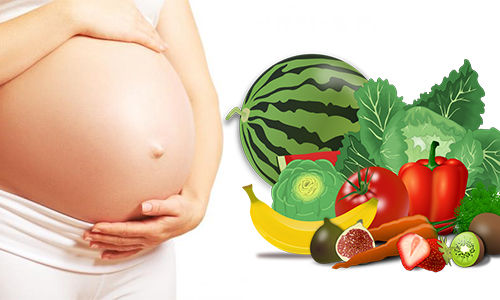
How to Help Your Infant with Colic
By Marissa Meshulam, JJPVA Dietetic Intern 2018
What is colic? Colic crying is inconsolable and seems to comes out of nowhere.
Remember the 3, 3, 3 Rule! Colic is defined as a healthy infant who cries for more than:
-3 hours a day
-3 days a week
-3 weeks
Symptoms of colic:
-irritable in the late afternoon/evening
-clenched fists
-pulling knees up to their chest
Why is my infant colic? First, it is always important to remember this has nothing to do with you!
Colic is not caused by:
-breast or bottle feeding
-mother’s age
-socioeconomic status
-hunger
Some possible causes:
-overstimulation
-food allergies/sensitivities
-digestive discomfort
-overall immaturity
-exposure to tobacco
How long is this going to last? The good news about colic behavior is that it eventually goes away on its own!
-Colic behavior starts at about 2 weeks
-Usually gone by 3-4 months
It is important to know that colicky behavior as an infant does not mean you will have a difficult child! Colic behavior in infancy is not predictive of future behavior.
As the parent, how can I help my child?
While there is no one specific treatment for colic behavior, there are certain things that research has found to be helpful.
-Ensure a smoke-free environment
-Comfort your child
-Keep the environment calm (avoid loud noises or excess light)
-Frequent skin-to-skin contact
-Infant massage
Help your infant by helping yourself!
Are you stressed out because of your baby’s crying? You are not alone! Inconsolable crying is the #1 cause of pediatric visits during the first 3 months of an infant’s life.
Dealing with a colicky new born can be draining on parents. It is important to find support in getting through this.
-Do not be afraid to ask for help
-Find ways to manage your stress through exercise or meditation
-Look for colic support groups (both online or in your neighborhood)
Remember: you cannot take care of your baby without taking care of yourself first!
Things to ask your healthcare provider about:
As there is no “colic treatment” there are some new remedies that are being reviewed! Ask your doctor, dietitian, or lactation consultant if any of these new treatments could be right for you and your baby:
-Probiotics for breastfeeding mom and/or baby
-Fennel tea for breastfeeding moms
-Potential changes to mom’s diet
Sources:
Harb T, Matsuyama M, David M, Hill RJ. Infant Colic—What works. Journal of Pediatric Gastroenterology and Nutrition. 2016;62(5):668-686.
Hill DJ, Roy N, Heine RG, et al. Effect of a low-allergen maternal diet on colic among breastfed infants: a randomized, controlled trial. Pediatrics 2005; 116:E709–E715.
Milidou I, Søndergaard C, Jensen MS, Olsen J, Henriksen TB. Gestational Age, Small for Gestational Age, and Infantile Colic. Paediatric and Perinatal Epidemiology. 2013;28(2):138-145. doi:10.1111/ppe.12095.
Savino F, Cordisco L, Tarasco V, et al. Lactobacillus reuteri DSM 17938 in infantile colic: a randomized, double-blind, placebo-controlled trial. Pediatrics 2010; 126:e526–e533.
Savino F, Pelle E, Palumeri E, Oggero R, Miniero R. Lactobacillus reuteri (American Type Culture Collection Strain 55730) Versus Simethicone in the Treatment of Infantile Colic: A Prospective Randomized Study. Pediatrics. 2007;119(1). doi:10.1542/peds.2006-1222.
Shenassa ED, Brown MJ. Maternal smoking and infantile gastrointestinal dysregulation: the case of colic. Pediatrics2004; 114:e497–505.
St James-Roberts I, Conroy S, Wilsher K. Links between maternal care and persistent infant crying in the early months. Child Care Health Dev 1998; 24:353–376.
Snacking and Heart Health
Did you know that heart disease is the number one cause of death for both men and women in the U.S.?[1] There are many ways to make small changes to help keep your heart healthy: talk to your doctor about heart health, quit smoking, add exercise, get plenty of sleep… and increase healthy eating!
Healthy eating is hard, especially when we’re busy and on-the-go. But healthy eating can be made easier by planning ahead for meals and snacks! Snacks are often a nasty culprit for bad habits – for ease (and taste!) we often choose snacks that are energy-dense (high calorie) without providing nutritional benefits. Snacking is one area where we can make small steps that will have a big impact on improving heart health – both for children and adults.
Tips for heart healthy snacking:
- Eat the rainbow! Include a variety of fruits and vegetables as snacks. Fruits and vegetables are filled with heart-healthy vitamins, minerals and phytonutrients (nutrients with special properties that provide extra healthy benefits). Research shows that the risk of heart disease decreases as you eat more fruits and vegetables – aim for 5 servings per day![2]
Pro tip: Keep a bowl of fruit in the kitchen so it’s easy to access. Place pre-sliced veggies (carrots, celery, broccoli florets) at kids-eye level in the fridge.
- Choose whole grains. Whole grains (e.g. whole wheat bread or crackers, whole wheat pasta, brown rice, low-sugar whole grain cereal, oatmeal) are excellent sources of fiber, which help keep you full longer AND help to lower cholesterol (win-win for heart health). Studies have shown that increasing whole grains is associated with reduced risk of heart disease.[3]
- Choose heart-healthy fats: Saturated and trans fats are bad for your heart – they can cause a build-up of plaque in your blood vessels. Limit foods high in these fats (butter, coconut oil, palm oil, fried foods). Instead, choose fats that promote heart health. Omega-3 fatty acids have been shown to reduce inflammation, which has many benefits for your heart! Examples include nuts, seeds, avocados, and fish.[4]
- Choose low-fat protein sources: Protein is needed to maintain muscle and bone health, and also helps keep you feeling full! Choose low-fat options for better heart health, such as low-fat dairy products, eggs, fatty fish (salmon, tuna), poultry without skin, beans, and lean meats.4
- Reduce the sodium: When purchasing packaged foods, look for “low-sodium” on the label. When preparing snacks, don’t add salt – flavor the food with herbs and spices![5]
- Limit processed food – plan ahead with snack prep!: While pre-packaged food is easy to grab on-the-go, it is often high in unhealthy fats, sugar and sodium. It may be calorie-controlled (like the 100-calorie packs), but it is not protecting your heart! Plan for the week ahead and pre-prepare baggies or Tupperware filled with healthier options, to make on-the-go snacking easy AND healthy.
Ready to start snacking? Here are some yummy snack idea combos that are optimized for heart health, containing fruits or vegetables, fiber and whole grains, and protein and healthy fats.[6]
- Pear slices and low-fat cheese
- Reduced-sodium sliced turkey breast wrapped around apple slices
- Low-fat yogurt, fruit and nuts
- Celery sticks filled with nut butter and sprinkled with dried cranberries and chopped nuts
- Baked whole wheat tortilla chips dipped in salsa
- Roasted chickpeas
- Veggie sticks with hummus or low-fat ranch dip
- Air-popped popcorn
- Hard-boiled eggs
- Trail mix – make your own! Nuts, dried fruit with no added sugars, low-sugar dry cereal, whole-grain pretzels
Happy snacking!
Melissa Goldman, Bronx VA Dietetic Intern Class of 2018
[1] CDC. NCHS. Deaths, percent of total deaths, and death rates for the 15 leading causes of death in 10-year age groups, by race and sex: United States, 1999-2013 .
[2] Bhupathiraju, Shilpa N., et al. “Quantity and variety in fruit and vegetable intake and risk of coronary heart disease–.” The American journal of clinical nutrition 98.6 (2013): 1514-1523.
[3] Aune, Dagfinn, et al. “Whole grain consumption and risk of cardiovascular disease, cancer, and all cause and cause specific mortality: systematic review and dose-response meta-analysis of prospective studies.” bmj 353 (2016): i2716.
[4] Willett, W. C. “Dietary fats and coronary heart disease.” Journal of internal medicine 272.1 (2012): 13-24.
[5] Aburto, Nancy J., et al. “Effect of lower sodium intake on health: systematic review and meta-analyses.” Bmj 346 (2013): f1326.
[6] “Smart Snacking.” KidsHealth. https://kidshealth.org/en/parents/snacking.html?WT.ac=ctg#. Accessed January 24, 2018.
Dream Big 2018
What would happen if we started 2018 with a plan to dream big? What would you need to make that dream happen?
Each January we make resolutions that often do not include a plan for success. At the Morrisania WIC program we can help you define your goals and help you developing a solid plan to realize success.
You may need help planning big changes that are challenging. Whether you are expecting your first baby and dealing with nausea and vomiting of pregnancy or deciding how to talk to your employer about returning to work and caring for your baby, we are here to support you.
Dealing with a picky eater, trying to wean from the bottle or simply planning to make lifestyle changes so your family can enjoy better health and wellness, know that we are available to assist you to make your ideas realistic and show you how to divide big goals into smaller, more specific steps.
Our dietitians, nutritionists and lactation specialists are available to assist you with up to date, reliable information that can help you plan and achieve your dreams and provide support along the way.
Let’s plan to dream big together in 2018.

Cold and Dry
Did you know you are more likely to be dehydrated in the winter time?
Dehydration occurs when we take in less fluids than the amount that leaves our body. Obviously we lose fluids when we pee and poop but less noticeably we lose fluids when we breathe and sweat.
In the wintertime blood vessels narrow to keep more blood and heat in our core body which helps us stay warm. We are fooled into thinking we are not thirsty and are less likely to drink.
We wear layers of heavy clothes outside on frigid cold days and then we sweat while wearing those same warm clothes in the subway and when climbing stairs and hills. Extra weight from heavy clothing also makes us work harder which adds to fluid loss.
Did you know that when you breathe out and can see your own breath that it is actually water vapor? As it gets colder and we work harder, we lose even more fluids when we exhale.
Water needs change from day to day and every persons needs are a little different however if you drink water frequently throughout the day and your urine is clear or light yellow when you pee, you’re well hydrated. You also get lots of fluids when eating vegetables and fruit and enjoying a warm bowl of soup.
We don’t often think of dehydration as a winter problem but we are definitely at risk and dehydration can lead to serious health problems. Don’t wait for thirsty dry lips and mouth, headache and fatigue to take a drink. Prevention and good health is just a sip away.
Free Diaper Program for Bronx Residents

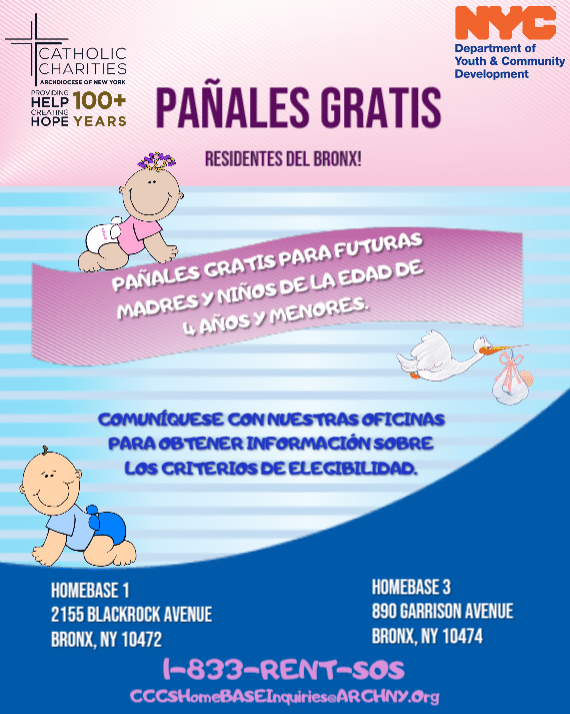
Farm Share Program
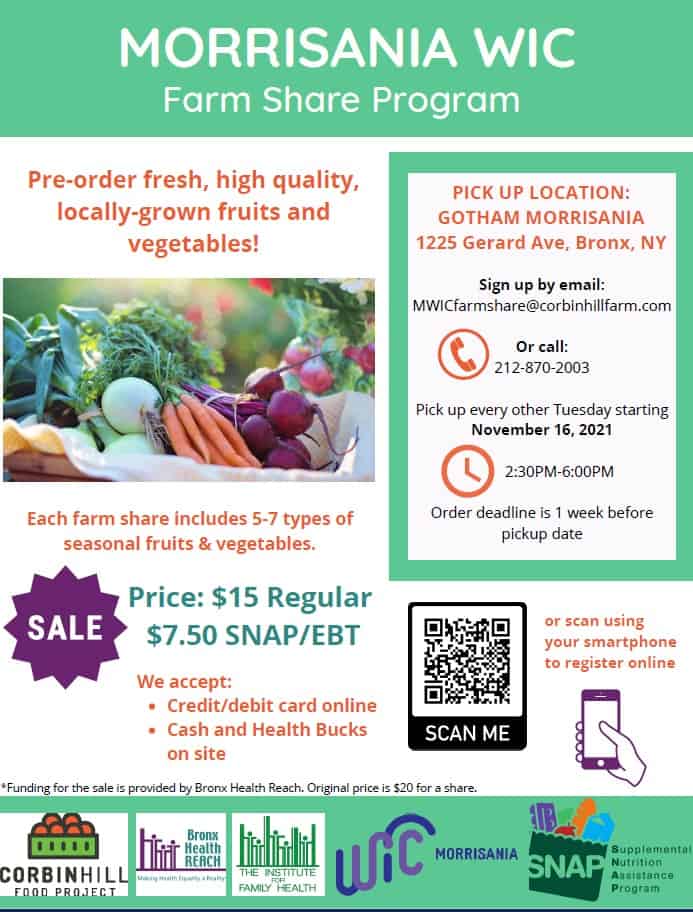

SNAP / Foodstamps
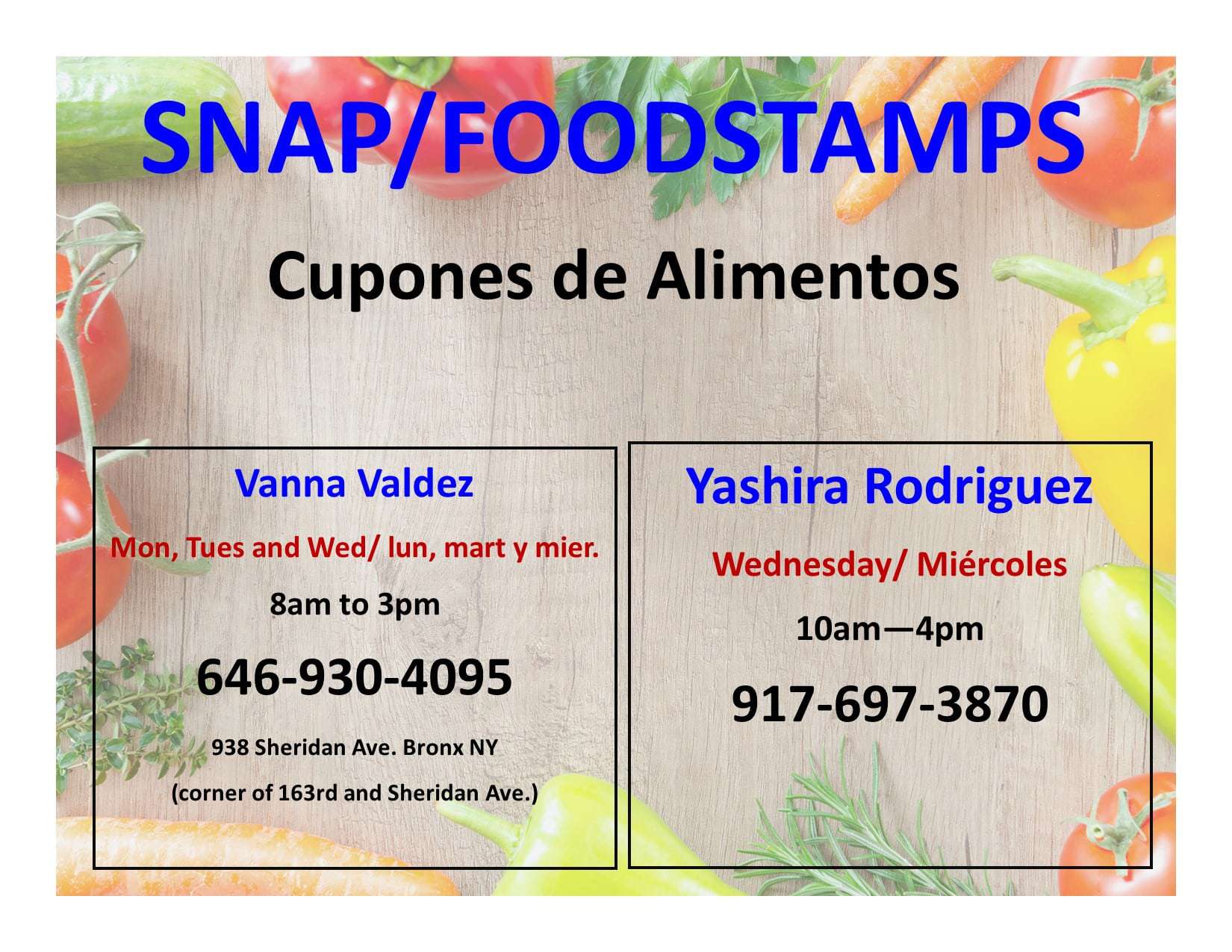
Breastfeeding Events
Virtual Baby Cafe

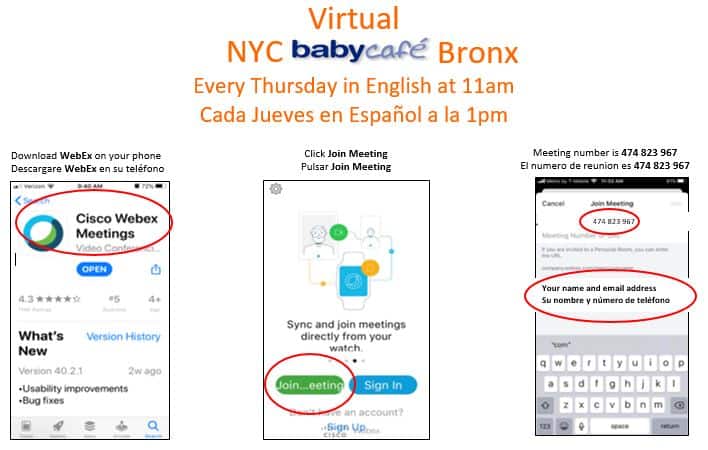
Get Out of Town Ideas from our friends at Greenmarket/Grow NYC
From September 8 to October 28, EscapeMaker offers tours that include transportation by bus or train to some of the most beautiful farms, orchards, and wineries in the Hudson Valley.
Pick apples and pumpkins, sip cider, feed farm animals, and explore the quaint towns of the Hudson Valley.
Here’s everything you need to know.

Community Gardens
There are 2 community gardens in Morrisania near the Morrisania WIC Program:
- Jacqueline Denise Davis (JDD) Garden at 1024 Boston Road is bordered by a wide variety of trees, shrubs, bushes, and beautiful flowers. Half of the garden is used by the neighborhood; step through the trellis and you see 25 colorfully decorated flower beds. In the midst of them is a wishing well that contains a mini herb garden. There’s also an open deck and a stage/gazebo. The other half of the garden is used by GrowNYC’s Learn It, Grow It, Eat It program, which teaches Bronx high school students about growing food and empowers them to conduct nutrition education outreach in their neighborhood Students also sell the food that they grow at the Learn It, Grow It, Eat It Youthmarket. The 13,000 square foot garden hosts parties, workshops, and celebrations of all kinds. The garden opened in 1999 with support from the GrowNYC’s Plant-A-Lot project and the Trust for Public Land.
- Wishing Well Community Garden at 864 Reverend James A. Polite Avenue is a 15,000 square foot Bronx community garden inspired the next generation of local young people and invigorated garden membership. The once neglected space was reborn as large scale vegetable garden and thriving outdoor classroom for P.S. 60/333. The garden had over 300 feet of fencing installed, in addition to new soil and vegetable gardens beds made from recycled plastic lumber, which occupy 2/3 of the site and provide food for over 40 families. A shed, outdoor furniture including all-ability picnic tables, a notice board, composting area, gazebo and pathways complete this site. In honor of its name and as a nod to a community desire fulfilled, a wishing well is being constructed using stones excavated during the construction phase. A portion of the garden is used by GrowNYC’s Learn it Grow It Eat It program. LGE students helped construct the rainwater harvesting system in the garden, which collects rainwater from the garden shed and stores it in a 500-gallon tank.
New Yorkers can find out more information about the GrowNYC community gardens and GrowNYC Community events at https://www.grownyc.org/gardens/bronx
Bronx Green-Up has helped Bronx residents transform vacant, abandoned lots into vibrant green spaces https://www.nybg.org/gardens/bronx-green-up/urban-farming-community-gardening/
Anyone can join a garden. Find a garden near you http://www.greenthumbnyc.org/gardensearch.html
Bring clean, reusable, portable items such as clothing, housewares, games, books, and toys that you no longer need, and take home something new-to-you, free! You don’t have to bring something to take something.
Community Gardens
English for Speakers of Other Languages
Highbridge Community Life Center
Highbridge Community Life Center offers free English as a Second Language (ESL) and civics classes.
979 Ogden Ave
Bronx, NY 10452
646.393.9533
ASPIRA of New York, Inc.
Offers free English as a Second Language (ESL) and general English classes for people age 21 and over.
Middle School 343
345 Brook Ave
Bronx, NY 10454
718.585.3353
New York Public Library – English language classes at various New York Public Library Locations. For the most current information available regarding these classes, please email [email protected].
174 East 110th Street (between Lexington & Third Avenue)
New York, NY 10029
212.534.2930


NATIONAL NUTRITION MONTH
This year’s theme for National Nutrition Month® inspires us to look Beyond the Table when thinking about our health and the environment. Choices we make daily, including what we’re going to eat and drink, can make a big difference — both now and in the future. WIC Dietitians are here to help you explore ways Beyond the Table to reach your health goals.
What's Your Eating Style?
National Nutrition Month Calendar of Events

Stay in Shape
By Valerie Corvino, Wellness Workday Dietetic Intern Class of 2019
Shape Up NYC offers FREE fitness classes that are open to public in the Bronx. Families are welcome including kids of all ages. Some examples of classes are listed below with links to sign up. Please bring locks to each site to secure personal belonging.
Baby and Me Aerobics
Parents and caregivers can join in for a morning of fun and fitness with their children.
St. James Recreation Center
- 2530 Jerome Avenue, Bronx
- Cross Streets: 192nd Street and Jerome Avenue
- (718) 367-3657; (718) 367-3658
- Wednesday: 11:00 am – 12:00 pm
Zumba
Latin inspired dance moves to a fusion of Latin American and pop music, that will be fun and aerobically challenging.
St. James Recreation Center
- 2530 Jerome Avenue, Bronx
- Cross Streets: 192nd Street and Jerome Avenue
- (718) 367-3657; (718) 367-3658
- Wednesday: 9:00 am – 10:00 am
- Saturday: 12:00 pm- 1:00 pm
Jacobi Medical Center
- 1400 Pelham Parkway South
- Cross Streets: Pelham Parkway between Wilson Avenue and Eastchester Road
- (718) 918-5000
- Monday: 6:00 pm – 7:00 pm
- Tuesday: 7:30 pm – 8:30 pm
St. Jerome H.A.N.D.S. Community Center
- 330 East 138th Street, Bronx
- Cross Streets: 138th Street between Alexander Avenue and Wilson Avenue
- (718) 402-7866
- Wednesday 6:00 pm – 7:00 pm
Lincoln Hospital: Zumba
- 234 East 149th Street, Bronx
- Cross Streets: 149th Street and Morris Avenue
- (718) 579-5000
- Wednesday: 5:15 pm – 6:15 pm
Cardio Dance/Aerobics
Easy to follow dance steps to upbeat, fun, and energetic music that will increase your heartbeat and improve cardiovascular ability.
West Bronx Recreation Center
- 1527 Jesup Avenue, Bronx
- Cross Streets: 172nd Street and Cross Bronx Expressway
- (718) 293-5934
- Saturday: 8:30 am – 9:30 am
Bronxworks: Betances Community Center
- 547 E. 146th Street, Bronx
- East 146th Street between Brook Ave and St. Ann’s Ave
- (718) 585-5040
- Saturday: 12:00 pm – 1:00 pm
BronxWorks: Melrose Classic Community Center
- 286 East 156th Street, Bronx
- 156th Street and Morris Ave
- (718) 665-1300
- Tuesday/Thursday: 7:00 pm – 8:00 pm
New Settlement Community Center
- 1501 Jerome Avenue
- Bronx, NY 10452
- (718) 758-5901
A Guide to Snacking
Toddler and Young Children
- Can’t eat large amount of food at one time (small tummies!)
- Need snacks to meet nutritional needs

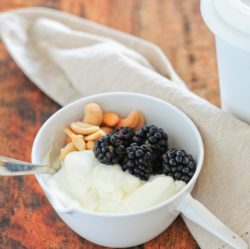
Adolescents/Adults:
- Higher snacking frequency associated with higher risks of overweight
- Choose snacks wisely!
Snacking Tips
- Hunger cues: Does “I’m hungry” mean “I’m bored/tired?”
- Create a snack schedule – don’t snack close to mealtime
- Don’t graze (snack) constantly throughout the day
- Control the snack environment (stress-free, no TV!)
- Serve small portion sizes, allow child to ask for more
- Reward with LOVE (not food!)
- Make healthy options accessible (easy to choose)
- Limit sugary & salty options (especially sweetened drinks)
Healthy Snack Ideas
Make fruits and veggies fun!
Helps kids get missing nutrients, such as key vitamins for healthy growth!
- Celery sticks filled with nut butter and sprinkled with dried cranberries
- Veggie sticks with low-fat ranch dip or hummus
- Pear slices with low-fat cheese
- Low-fat yogurt, fruit and nuts
Choose whole grain options!
Added fiber helps kids stay full for longer, and keeps their guts healthy!
- Air-popped popcorn
- Baked whole wheat tortilla chips dipped in salsa
- Whole wheat crackers with low-fat cheese or nut butter
Add in protein and healthy fats!
Important for growth of muscles, heart and brain!
- Reduced-sodium sliced turkey breast wrapped around apple slices
- Hard-boiled eggs
- Trail mix – make your own! Nuts, dried fruit without added sugars, whole-grain pretzels and low-sugar dry cereal
Planning a Healthy Family
Would you like to become pregnant in the next year?
YES – I Desire Pregnancy
- Mom and dad’s health before you become pregnant is critical for a healthy pregnancy and baby.
- It’s best for your body and the health of your new baby to wait about 18 months after giving birth to become pregnant again. Talk to your partner about your goals for pregnancy and what steps you can take to be as healthy as possible.
NO – I Do Not Desire Pregnancy
- If you want to prevent pregnancy there are many safe and effective birth control options
UNSURE
- Whether or not you want to become pregnant talk to your health care provider today.
Here are some commonly asked questions to help you learn how to prepare for a healthy pregnancy and when to prevent pregnancy until you are ready.
Should I take a Vitamin Supplement?
- Although most of your nutrients should come from the foods you eat, it is a good idea to take a prenatal vitamin before pregnancy. It is recommended that all women consume 400 micrograms of folic acid a day.
Can Being Overweight or Underweight Affect My Pregnancy?
- When planning to conceive you want to avoid being over or under weight. People who are overweight or obese(https://www.cdc.gov/obesity) have a higher risk for many serious conditions, including complications during pregnancy, preeclampsia, preterm birth, heart disease, type 2 diabetes, and certain cancers (endometrial, breast, and colon). (https://www.cdc.gov/preconception/planning.html#ref) People who are underweight are also at risk for serious health problems.
Can The Medical Conditions I Have Affect My Pregnancy?
- If you currently have any medical conditions, be sure they are under control and being treated before you conceive. Some of these conditions include: sexually transmitted diseases (STDs)(https://www.cdc.gov/nchhstp/pregnancy/Default.htm), diabetes(https://www.cdc.gov/pregnancy/diabetes.html), thyroid disease, phenylketonuria (PKU), seizure disorders(https://www.cdc.gov/epilepsy/index.html), high blood pressure(https://www.cdc.gov/bloodpressure/about.htm), arthritis(https://www.cdc.gov/arthritis), eating disorders, and chronic diseases.
Can My Lifestyle and Behaviors Affect My Pregnancy?
- If you are trying to get pregnant and cannot stop drinking, smoking, or using drugs―get help! Talk with your doctor or another health professional if you or your partner smoke, drink alcohol, or use “street” drugs; live in a stressful or abusive environment(https://www.cdc.gov/violenceprevention/intimatepartnerviolence/index.html); or work with or live around toxic substances. Health care professionals can help you with counseling, treatment, and other support services.
Can the Medications I Take Affect My Pregnancy?
- Taking certain medicines during pregnancy(https://www.cdc.gov/pregnancy/meds) can cause serious birth defects. These include some prescription and over-the-counter medications and dietary or herbal supplements. If you are planning a pregnancy, you should discuss the need for any medication with your doctor before becoming pregnant and make sure you are taking only those medications that are necessary
https://www.acog.org/-/media/For-Patients/faq056.pdf?dmc=1&ts=20180419T1422436553
The History of Infant Formula
Shannon Herbert, James J. Peter VA Dietetic Intern Class of 2019
Before 1980, infant formula was not regulated. In 1979, two infant formulas were found to be deficient in chloride, a nutrient critical to infant development. Over 130 infants who consumed the formula suffered injury from the missing nutrient. In 1980, Congress signed the Infant Formula Act of 1980. The act set minimum and maximums of the amount of protein, fat, vitamins, and minerals for formula – setting standards for the industry.
Today, infant formula is regulated by the FDA (Food and Drug Administration). The FDA makes sure that formulas are made safely and that they follow nutrition requirements. Infant formulas must be tested for harmful bacteria, Salmonella and Cronobacter. Formulas are tested to make sure they contain the right nutrients before being sold. The FDA conducts yearly inspections of all infant formula facilities. If an infant formula is thought to be dangerous, the maker of the formula must recall the product. Since formulas need to have a certain amount of nutrients, different brands of formulas are very similar. The nutrition labels may even look the same! But it is important to look at possible differences in where the protein is coming from, the fillers that are in the formula, and the presence of non-required added nutrients.
Surprisingly, the required nutrients that were set in 1980 have not changed much! But, now formula manufacturers add a lot of additional ingredients to try to make formula as close to breast milk as possible.
Some things you may see added to formula include:
- Probiotics
- to reduce the bad bacteria in the intestines of formula fed infants
- DHA/ARA DHA is Docosahexaenoic acid and ARA is Arachidonic acid
- DHA and ARA are fatty acids are natural in breast milk, but are made from algae and fungus for use in formula. They are believed to help with brain development.
- Lutein
- An antioxidant naturally occurring in breastmilk and derived from the stems and leaves of plants for formula. Lutein is believed to play a role in eye health.
- Human milk oligosaccharides (HMOs)
- HMOs are immune system boosting nutrients found in human milk. HMOs in formula are made from cow’s milk which may be chemically or enzymatically synthesized. Some processes use fermentation or bacteria to produce them from cow’s milk.
- MFGM is Milk Fat Globule Membrane
- MFGM in human milk is believed to support a child’s cognitive development, playing an important role in brain structure and function. MFGM in formula does not come from humans, but comes from cows.
The amount of nutrients in breast milk compared to formula are different. The levels of many nutrients are much higher in formula because it is harder for your baby to absorb all the nutrients in formula. The nutrients in breast milk may be in lower levels, but it is easy for your baby to absorb all of them! Even though formula makers are adding more ingredients to try to make it closer and closer to breast milk, breast milk offers so many more benefits for you and your baby. Research shows that breast milk contains the perfect nutrition for your baby!
Formula feeding increases your baby’s risk of:
- Ear Infections
- Respiratory Infections (such as pneumonia and asthma)
- Type 1 and Type 2 Diabetes
- Cardiovascular Disease
- Becoming overweight or obese
- Leukemia
- Diarrhea
- Sudden Infant Death Syndrome (SIDS)
Formula feeding your baby increases YOUR risk of:
- Premenopausal breast cancer
- Ovarian cancer
- Retained pregnancy weight
- Type 2 Diabetes
- Metabolic Syndrome
References:
Cronobacter Infection. (2019). Retrieved from https://www.cdc.gov/features/cronobacter/index.html
Food and Agriculture Organization of the United Nations/World Health Organization. (2007). Codex Alimentarius: Standard for Infant Formula and Formulas for Special Medical Purposes Intended for Infants.
Food and Drug Administration. (2016). Labeling of Infant Formula: Guidance for Industry. U.S. Department of Health and Human Services.
Guidance for Industry: Frequently Asked Questions about FDA’s Regulation of Infant Formula. (2018). Retrieved from https://www.fda.gov/food/guidanceregulation/guidancedocumentsregulatoryinformation/infantformula/ucm056524.htm#q2
Infant Formula, 21 C.F.R § 107.100 (2018)
Jasani B, Simmer K, Patole SK, Rao SC. Long chain polyunsaturated fatty acid supplementation in infants born at term. Cochrane Database of Systematic Reviews 2017, Issue 3. Art. No.: CD000376. DOI: 10.1002/14651858.CD000376.pub4
Lönnerdal, B. (2014). Infant formula and infant nutrition: bioactive proteins of human milk and implications for composition of infant formulas. The American Journal Of Clinical Nutrition, 99(3), 712S-717S. doi: 10.3945/ajcn.113.071993
Molska, A., Gutowska, I., Baranowska-Bosiacka, I., Noceń, I., & Chlubek, D. (2014). The Content of Elements in Infant Formulas and Drinks Against Mineral Requirements of Children. Biological Trace Element Research, 158(3), 422-427. doi: 10.1007/s12011-014-9947-1
O’Connor, N. (2009). Infant Formula. American Family Physician, 79(7), 565-570.
Puccio, G., Alliet, P., Cajozzo, C., Janssens, E., Corsello, G., & Sprenger, N. et al. (2017). Effects of Infant Formula With Human Milk Oligosaccharides on Growth and Morbidity. Journal Of Pediatric Gastroenterology And Nutrition, 64(4), 624-631. doi: 10.1097/mpg.0000000000001520
“S. 2490 — 96th Congress: Infant Formula Act of 1980.” www.GovTrack.us. 1980. March 26, 2019 https://www.govtrack.us/congress/bills/96/s2490
Shang-Yu Lin, “Infant Formula: A Comparison of Legislation in the United States and Taiwan” (March 18, 2012)
Stuebe A. (2009). The risks of not breastfeeding for mothers and infants. Reviews in obstetrics & gynecology, 2(4), 222-31.
Get the Good Stuff Program
New Yorkers who participate in the Supplemental Nutrition Assistance Program (SNAP/EBT) can get free fruits, vegetables and beans at certain NYC supermarkets through the Get the Good Stuff Program. For every dollar spent using SNAP/EBT on eligible fruits, vegetables and beans, shoppers get a matching dollar in reward points (up to $50 per day) that can be used for the next purchase of eligible produce.
Eligible foods include:
- Fresh fruits, vegetables, and herbs
- Frozen fruits and vegetables without added sugar, salt or fat
- Canned and jarred fruits, vegetables, beans and lentils without added sugar, salt or fat
- Dried beans, lentils and fruit without added sugar, salt or fat
For more information, email [email protected] , and store locations can be found here: https://www1.nyc.gov/site/doh/health/health-topics/free-produce-snap.page

American Academy of Pediatrics
The American Academy of Pediatrics is dedicated to improving the health, safety and well being of infants, children, adolescents and young adults. Their website (healthychildren.org) has practical and proven information to help families grow healthy together from preconception through young adulthood.
Healthychildren.orgAcademy of Nutrition and Dietetics
The Academy of Nutrition and Dietetics is the world’s largest organization of food and nutrition professionals. The Academy is committed to improving health and advancing the profession of dietetics through research, education and advocacy. Their website (eatright.org) provides expert advise on various nutritional topics spanning the life cycle.
For ParentsFor Infants & ChildrenFor WomenPreeclampsia and Other Hypertensive Disorders
Preeclampsia is a disorder that occurs only during pregnancy and the postpartum period, affecting both the mother and the unborn baby. WIC Works has great tips to help prevent and manage high blood pressure before, during, or after pregnancy.
Learn MoreUSDA Center for Nutrition Policy & Promotion
This website gives you access to the latest nutrition education and physical activity recommendations to help you make lasting lifestyle changes. Use SuperTracker to create a customized food and activity plan for yourself. Custom plans and recommendations can be made for pregnant moms, breastfeeding moms, children, teens and adults. Visit their Pinterest page to find a variety of recipes as well.
MyPlate WebsiteSuperTracker ToolMyPlate Pinterest PageFor more information about New York State eWIC, click the button below:
More InformationRead-a-Loud at Morrisania WIC waiting room



Virtual Healthy Lifestyle Fair - August 2021
May 2021 Breastfeeding Events
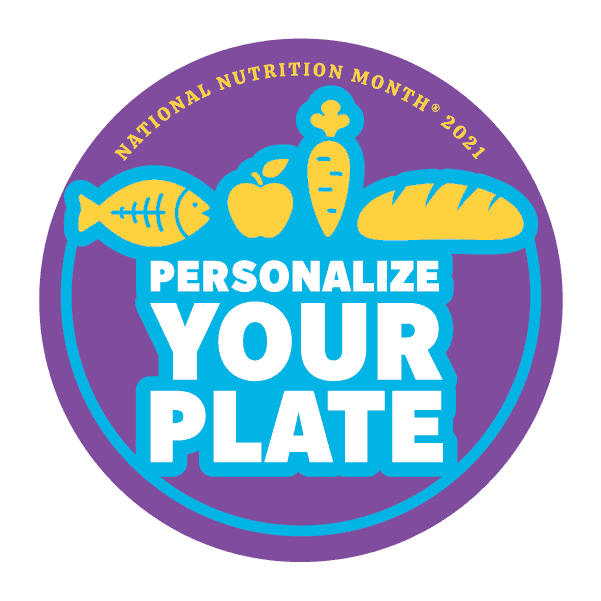
Celebrate National Nutrition Month - March 2021
WICstrong is helping the Morrisania WIC Program and the Academy of Nutrition and Dietetics celebrate National Nutrition Month this March 2021.
The folks at eatright.org have created these helpful Tip Sheets to make your Nutrition choices easier.
| 20 Healthy Tips for 2021 (English | Spanish)20 Ways to Enjoy More Fruits and Vegetables (English | Spanish)Eat Right and Reduce Food Waste (English | Spanish)Eating Right for a Healthy Weight (English | Spanish)Eating Right on a Budget (English | Spanish)Eating Right Tips for Older Adults (English | Spanish)Eating Right with Less Added Sugars (English | Spanish)Eating Right with Less Salt (English | Spanish)Eat Right with MyPlate (English | Spanish)Healthy Eating on the Run (English | Spanish)Healthy Eating Tips for Vegetarians (English | Spanish) |
Power Up with Breakfast (English | Spanish)Shop Smart — Get the Facts on Food Labels (English | Spanish)Smart Snacking for Adults and Teens (English | Spanish)Smart Snacking Tips for Kids (English)Smart Tips for Getting Nutrients That May Be Lacking (English | Spanish)Smart Tips for Reading Menus (English | Spanish)Smart Tips to Build a Healthy Salad (English | Spanish)Smart Ways to Make Physical Activity Part of Your Day (English | Spanish)Smart Tips for Personalizing Your Plate (English)Smart Tips for Successful Meals (English | Spanish)Incorporating Foods from Other Cultures (Chinese | Asian-Indian | Filipino | Latin American | Middle Eastern) |
For more information, visit eatright.org
January 2021 Breastfeeding Events
National Nutrition Month 2020
Click on the image or link below:

EVERY Thursday at 11:00am
CADA Jueves a las 11:00am
CHAQUE Jeudi à 11:00am
Details in Englishen Espanolen FrancaisLiteracy Inc. Presents Fundamentals of Early Literacy
Join Literacy Inc. and Morrisania W.I.C. for a parent workshop to talk about the four stages of early literacy and to share activities you can do at home to form healthy relationships and to prepare your children to be good readers.
A light breakfast will be provided. Each person will leave with a book and useful tips to help you get your children excited about reading at an early age.
DATE: WEDNESDAY, OCTOBER 24
TIME: 9:30 AM to 10:30 AM
LINC South Bronx Community
LiteracyINC
LOCATION: Morrisania W.I.C.
First Floor Conference Room (Blue Room)
1225 Gerard Avenue—Bronx, NY 10452

Ramadan and Breastfeeding

Ramadan Mubarak, Ramadan Kareem! Are the common greetings during the month of Ramadan. Ramadan is not a holiday. It is the ninth month of the Islamic calendar, the month of fasting, when Muslims do not eat or drink from dawn to sunset in order to receive spiritual rewards (thawab) that are also believed to be multiplied within the month of Ramadan. Besides fasting, they refrain from smoking, and engaging in sexual relations and all sinful behaviors. This is a special time to read the Quran, offer prayers and do charity. Pre-fast meals before dawn are referred to as Suhoor, while the post-fast breaking feasts after sunset are called Iftar. At the end of Ramadan, Muslims celebrate a one-day feast, called Eid-al-Fitr, which means “The Feast of Breaking the Fast”.
At the Morrisania WIC’s “Breastfeeding During Ramadan” event, our peer counselors discussed fasting and the recommendations of the Quran that Muslim mothers breastfeed for two years.
The good news is that the Quran provides relief for our mothers! They must refrain from fasting during the lactating years as well as during pregnancy. Will they lose the rewards of Ramadan? No! In fact, preserving their milk supply, feeding their baby and staying healthy are all acts of obedience and reverence to the laws of Allah. Mothers have the option to make up the fast at a later date when it is safe to do so, charitable giving (alms) or feeding a needy person.
Paid Family Leave Event - October 2
Know Your Rights: Pregnancy, Parenting, and Paid Family Leave Seminar
More Information (English and Spanish)Morrisania Healthy Lifestyles Fair
Save the date!!!
This year’s fun and famous MORRISANIA HEALTHY LIFESTYLES FAIR will be held on Wednesday, August 29, 2018 from 11:00AM -3:30PM on GERARD AVENUE between 167th and 168th Streets.
Join us for another fabulous day focused on healthy lifestyles and enjoy games, pony rides, raffles, FitWIC, food samples, face painting, dancing, Zumba and more…
Details in EnglishEn EspanolHelpful Videos
Neoyorquinos: Conozcan sus derechos
Know Your Rights: New York Paid Family Leave
Know Your Rights: New York Paid Sick Time
Helpful Downloads
Questions about your workplace rights?
Contact A Better Balance’s free and confidential legal helpline at 1-833-633-3222 or visit https://www.abetterbalance.org/get-help
Office Locations
1225 Gerard Ave.
Bronx, NY 10452
ph: (718) 960-2805
fx: (718) 960-2830
Friday: 7:30am - 5:00pm
Saturday*: 8:30am - 4:00pm
*Every 2nd and 4th Saturday of the month. 5th Saturday by appointment only.
The Morrisania WIC Program is CLOSED on the THIRD WEDNESDAY of each month.
856 Longwood Ave.
Bronx, NY 10459
ph: (718) 991-2148
fx: (718) 991-2348
Wednesday and Friday: 8:30am - 4:30pm
Saturday*: 8:30am - 4:00pm
*Every 1st and 3rd Saturday of the month. 5th Saturday of the month by appointment only.
The Morrisania WIC Program is CLOSED on the THIRD WEDNESDAY of each month.




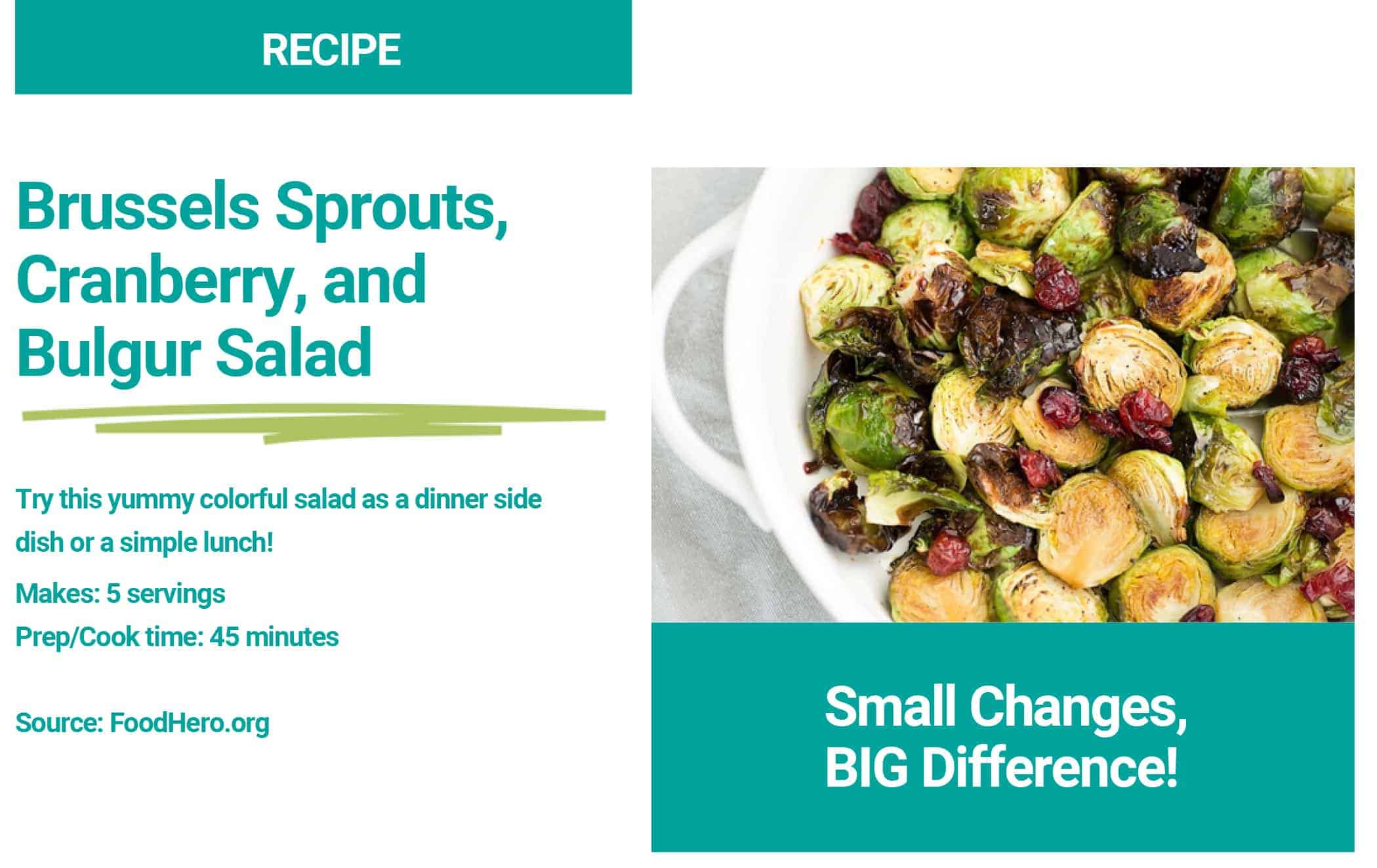

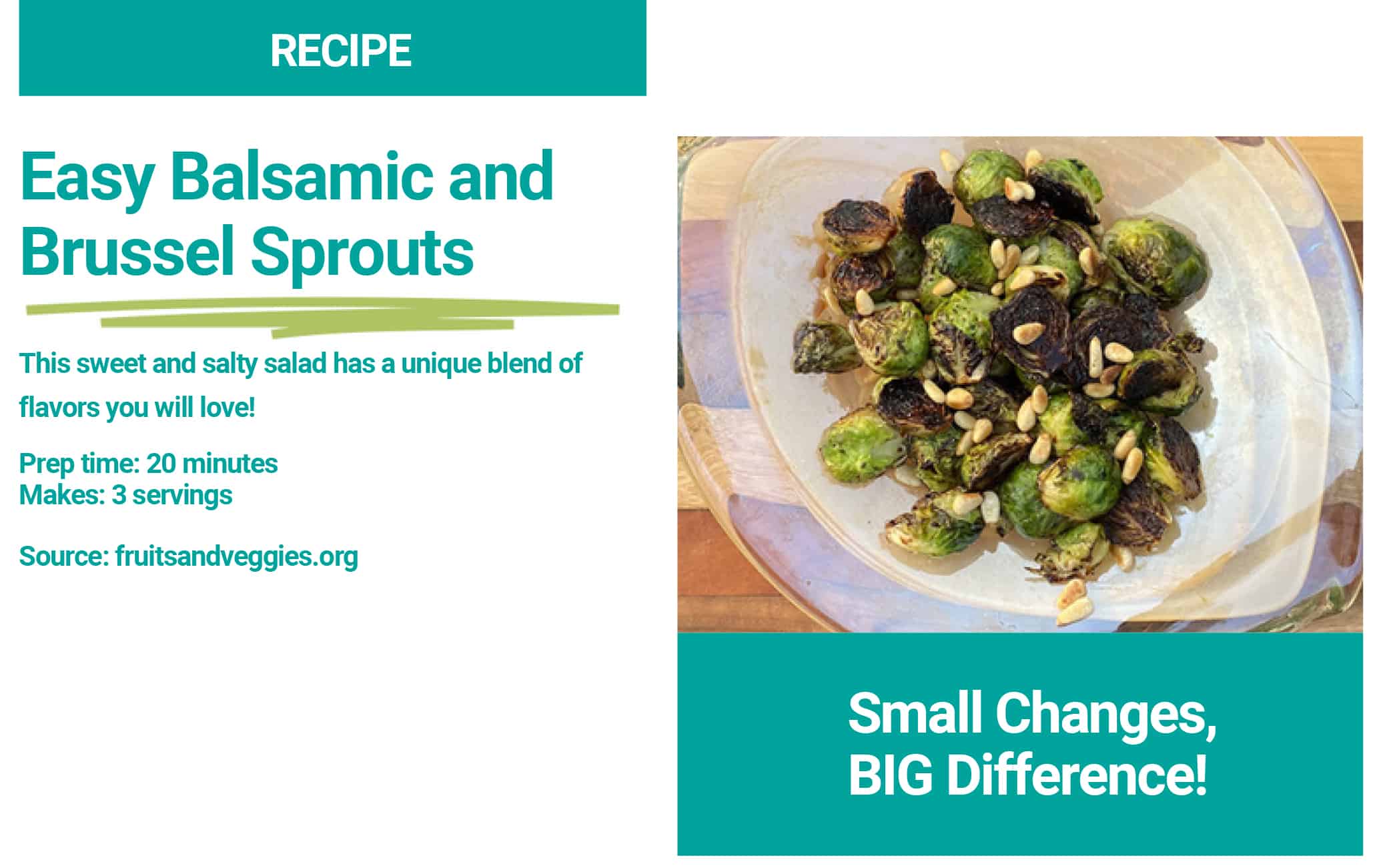

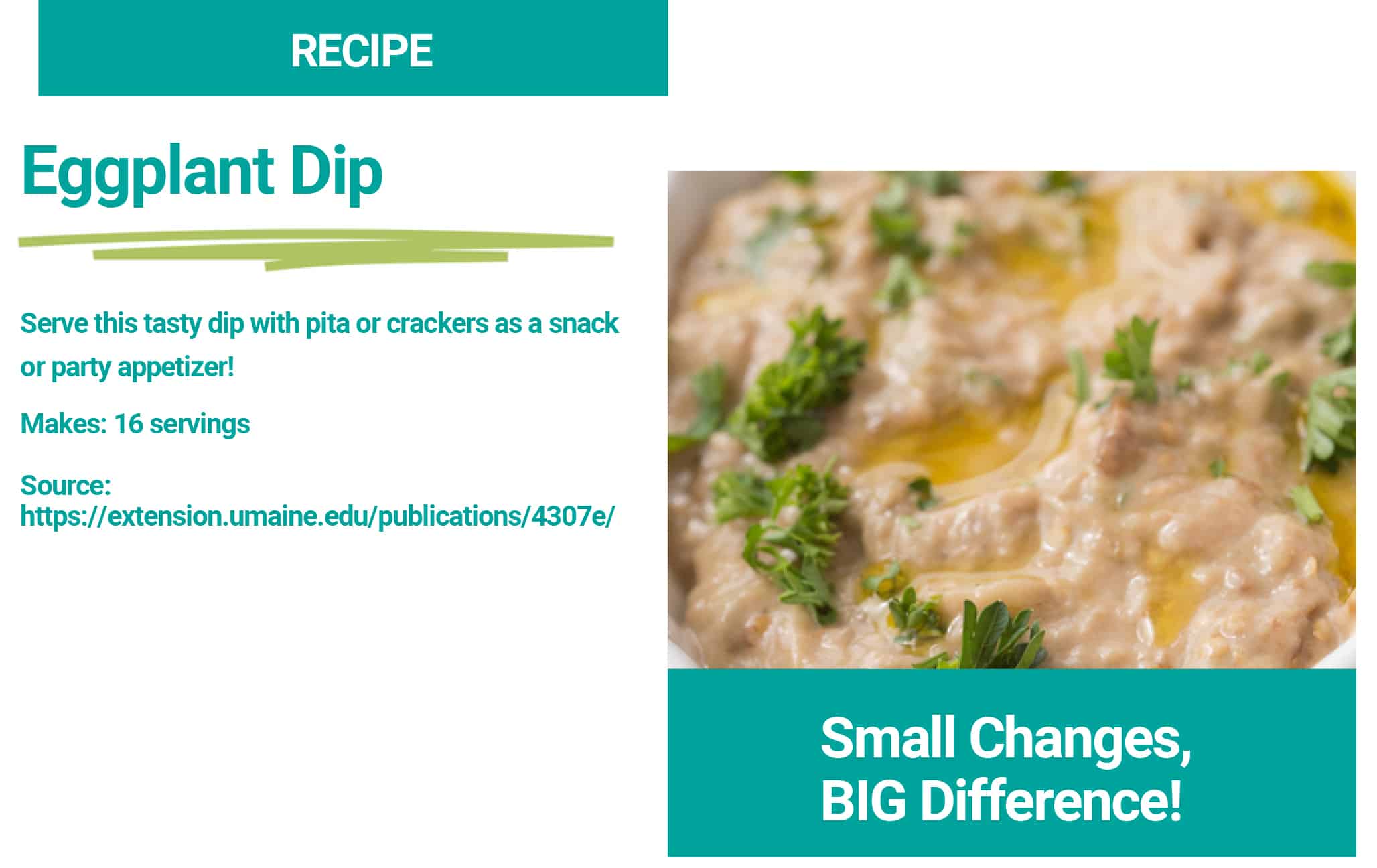


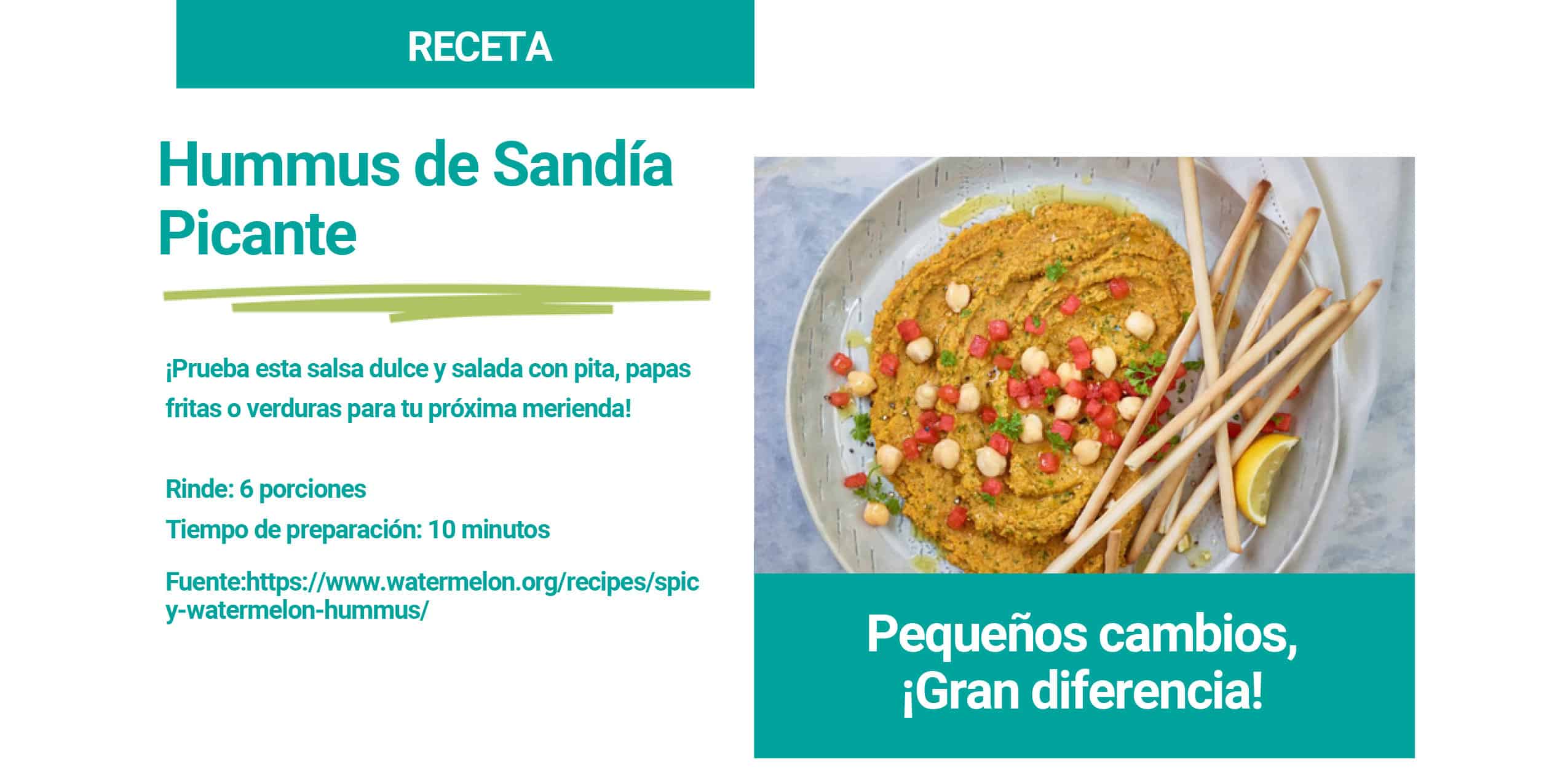




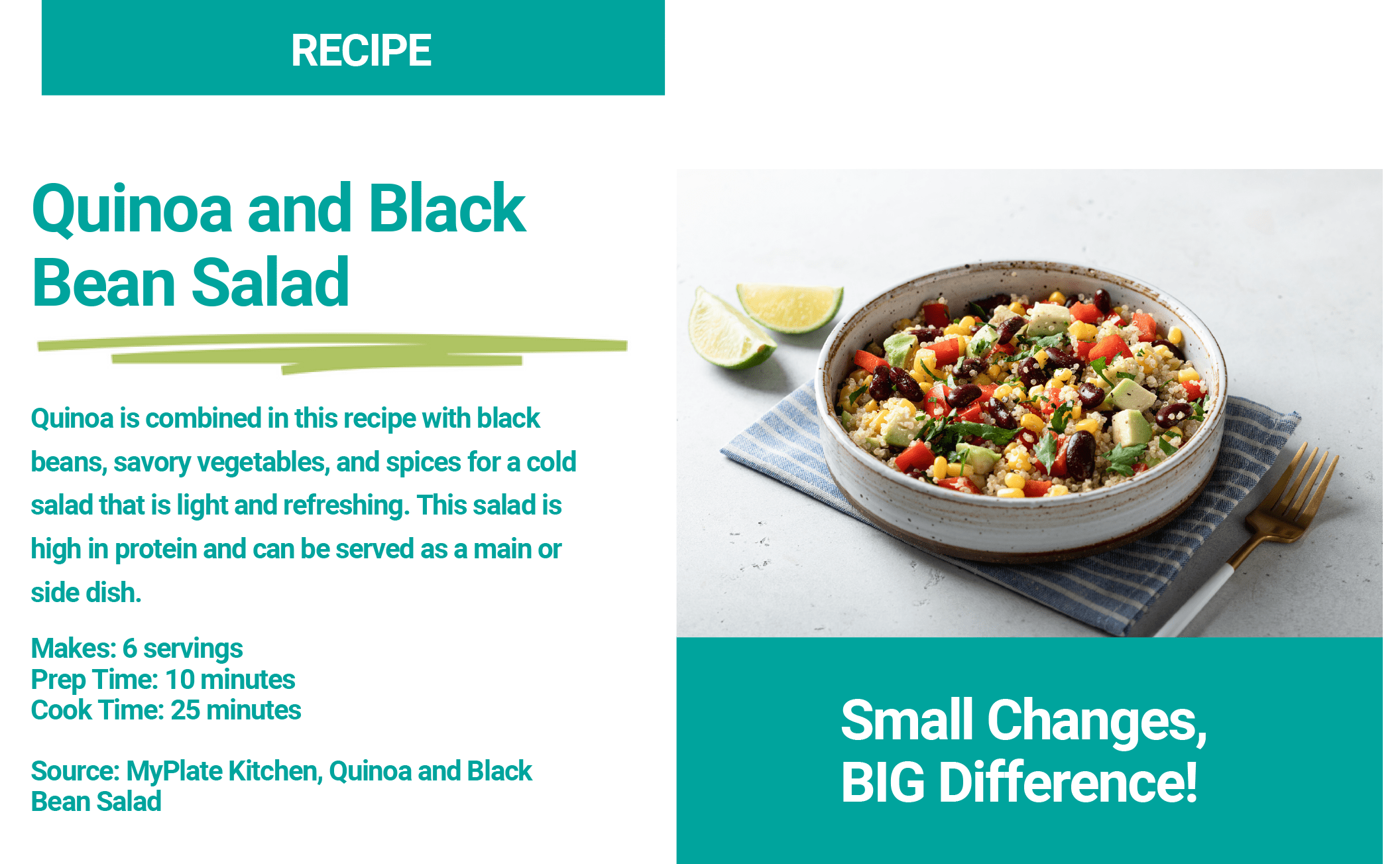
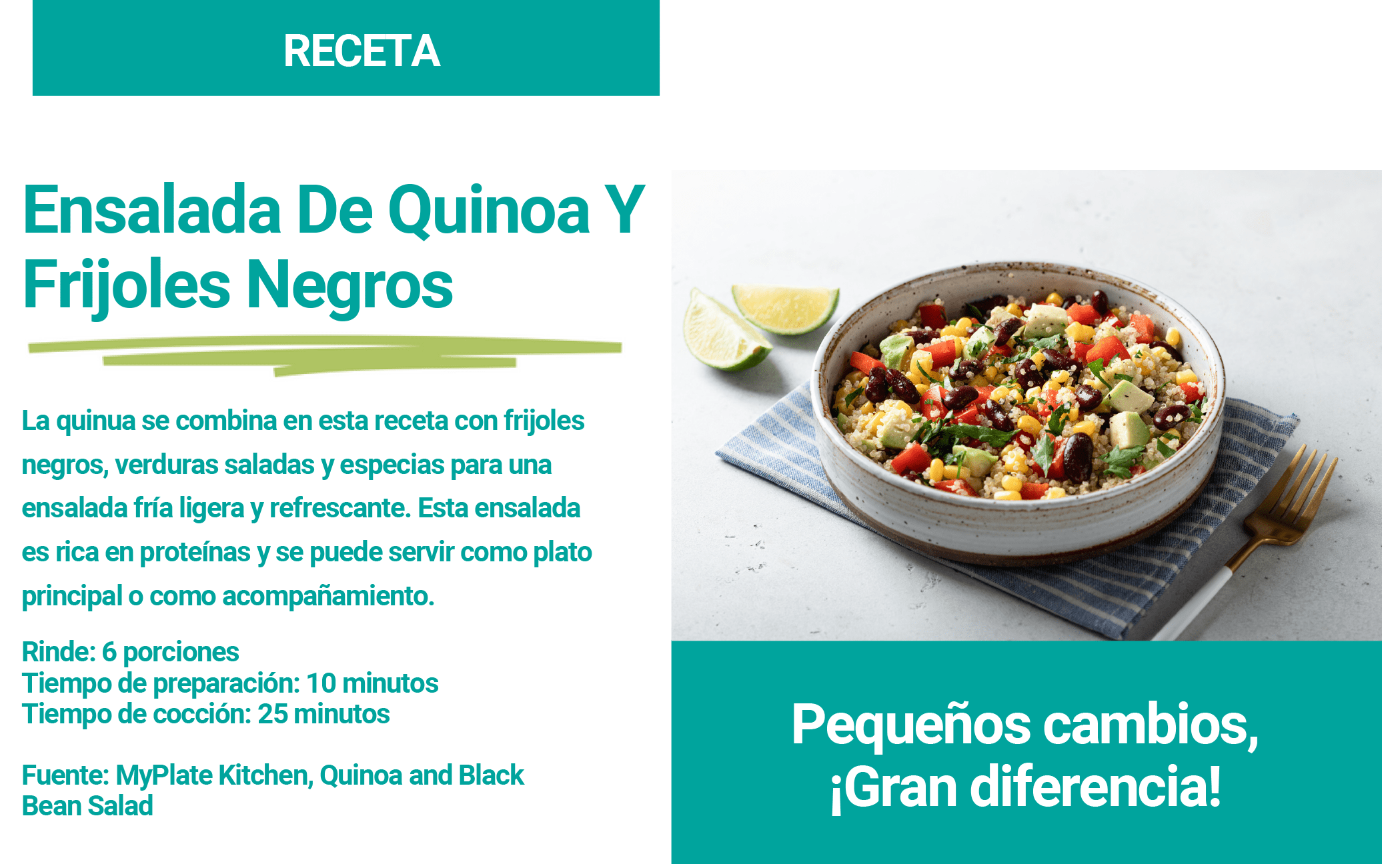
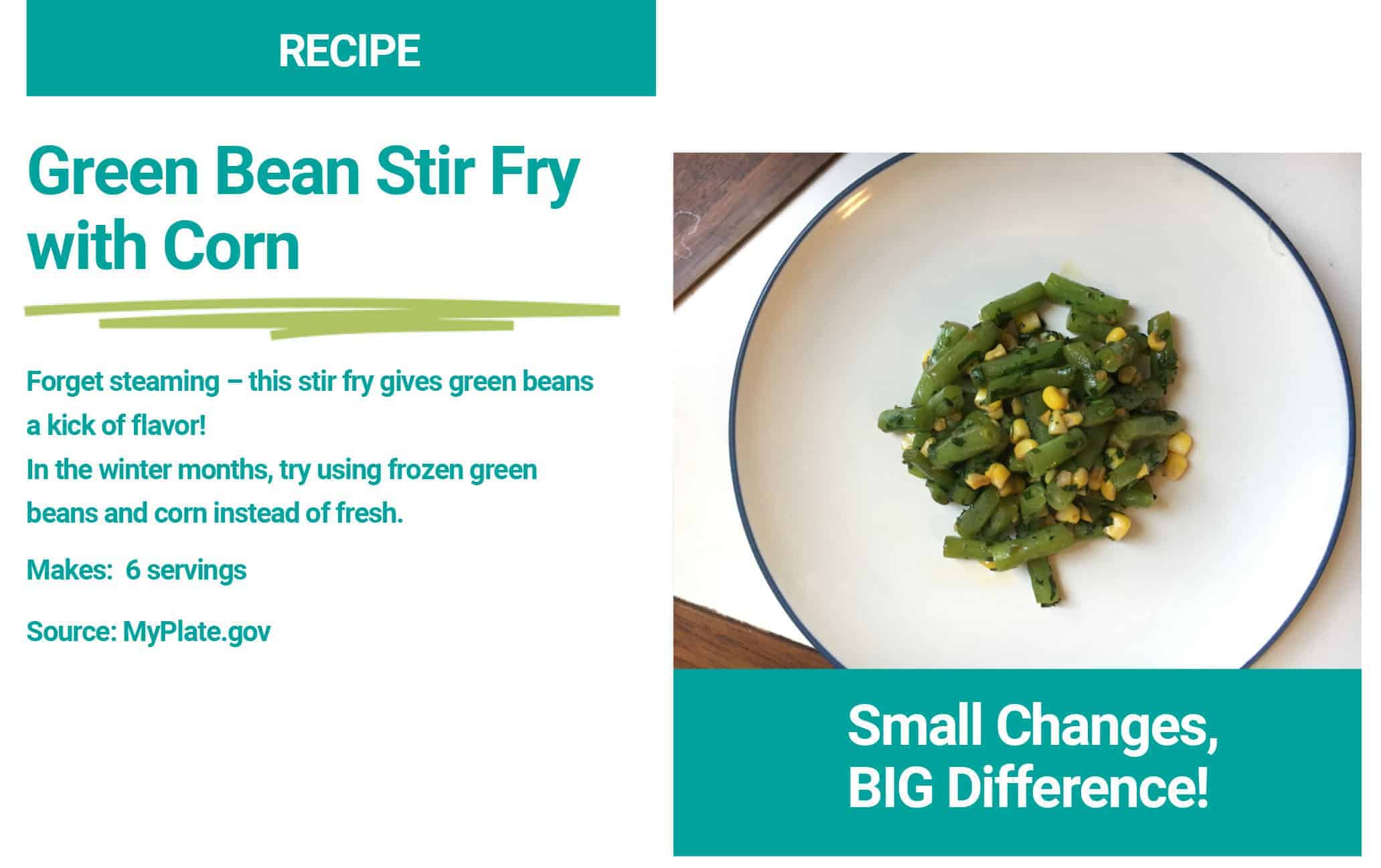
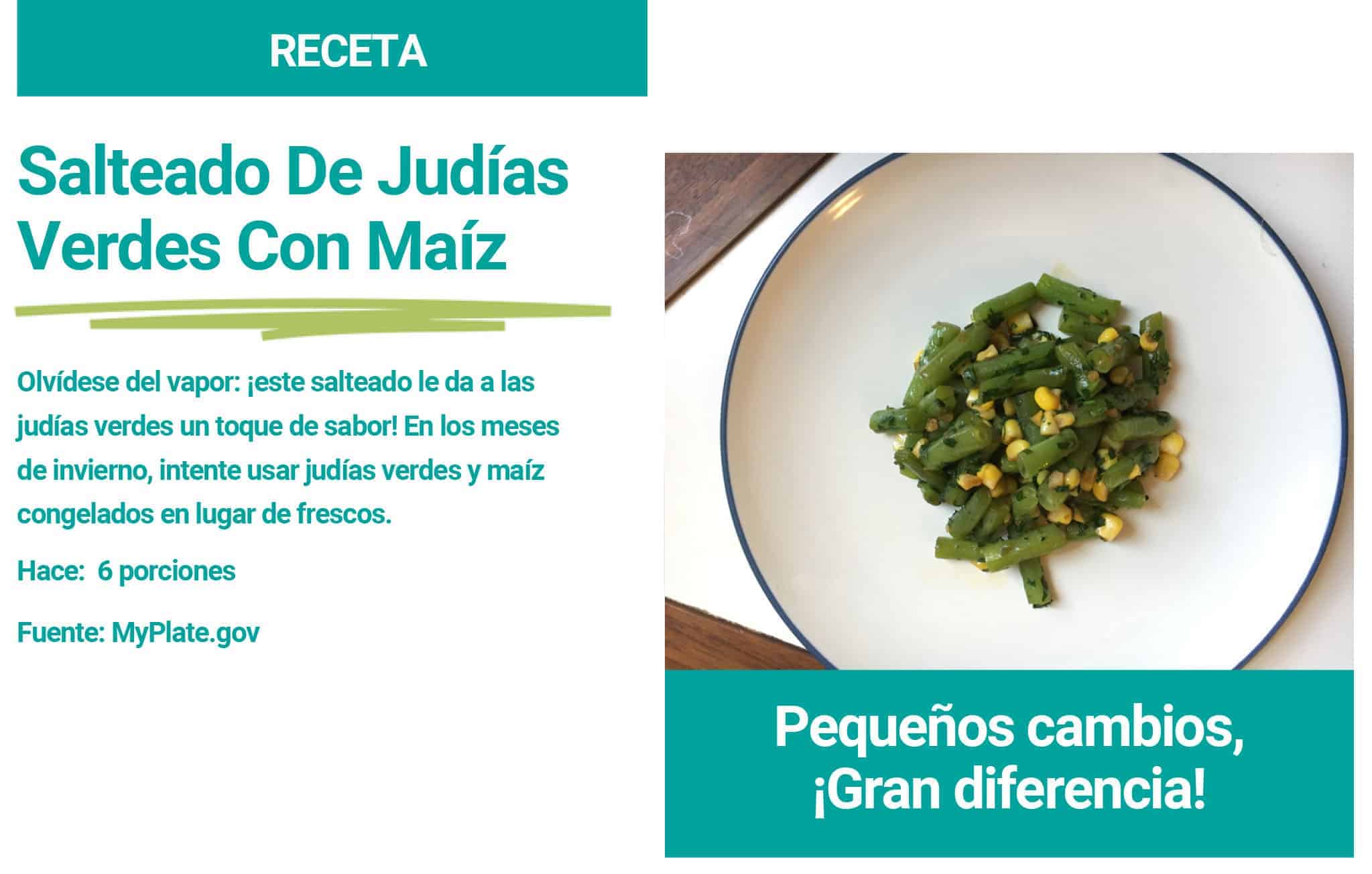
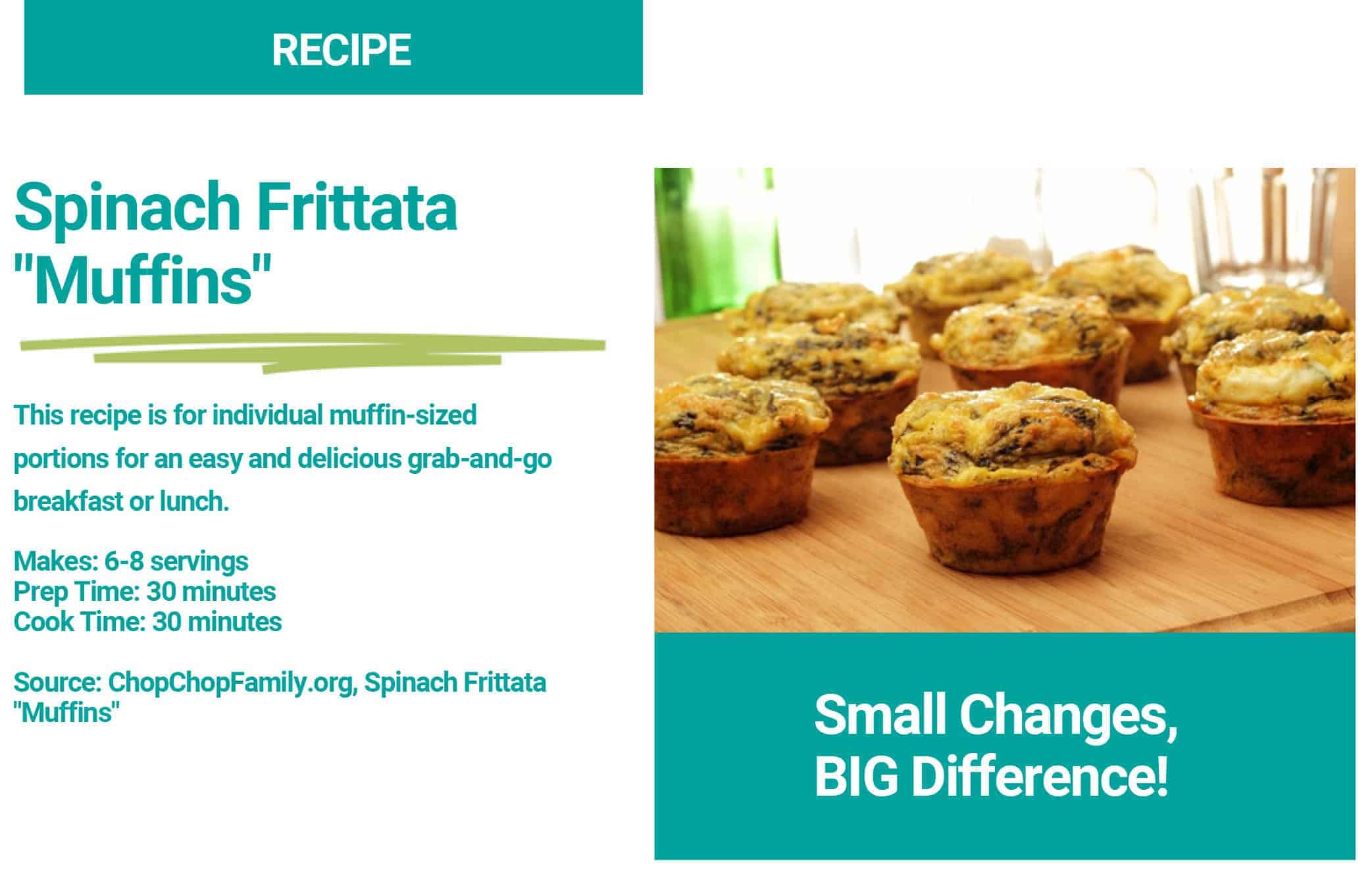
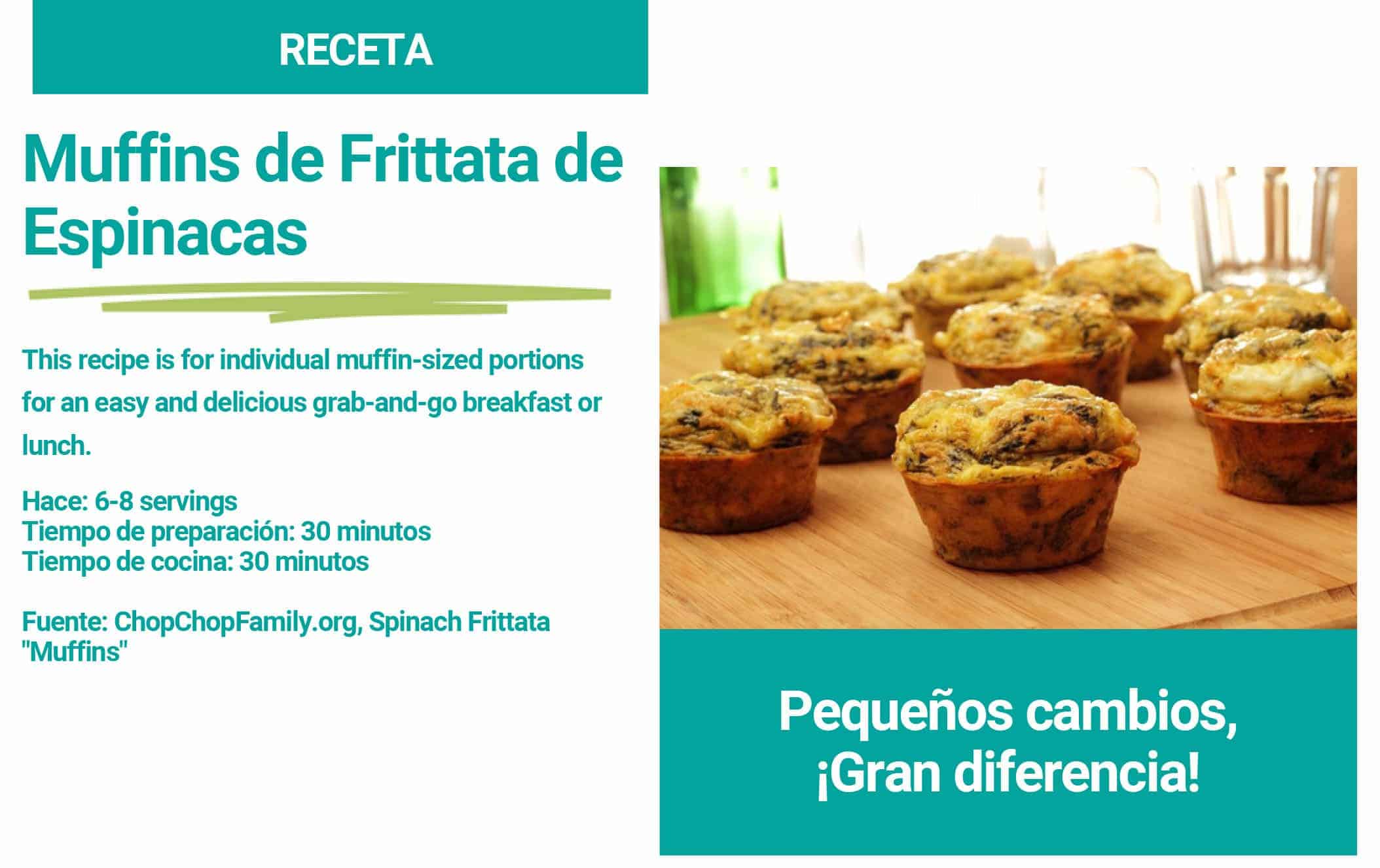


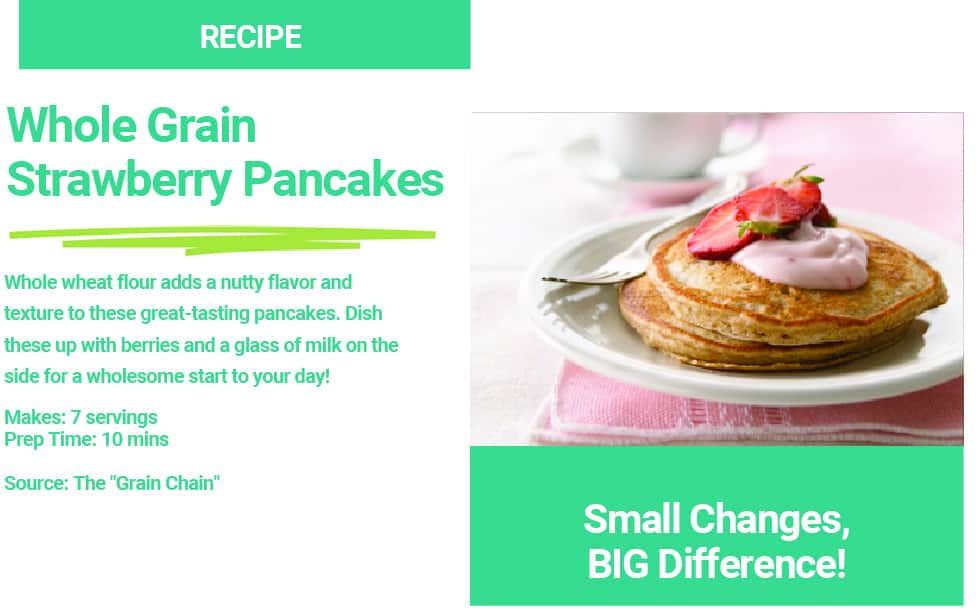

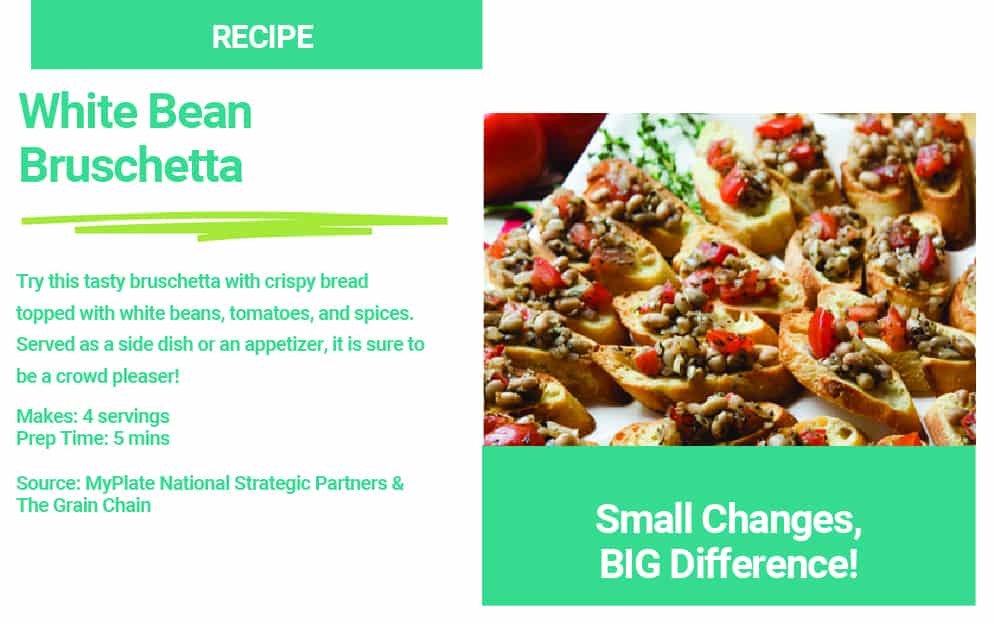

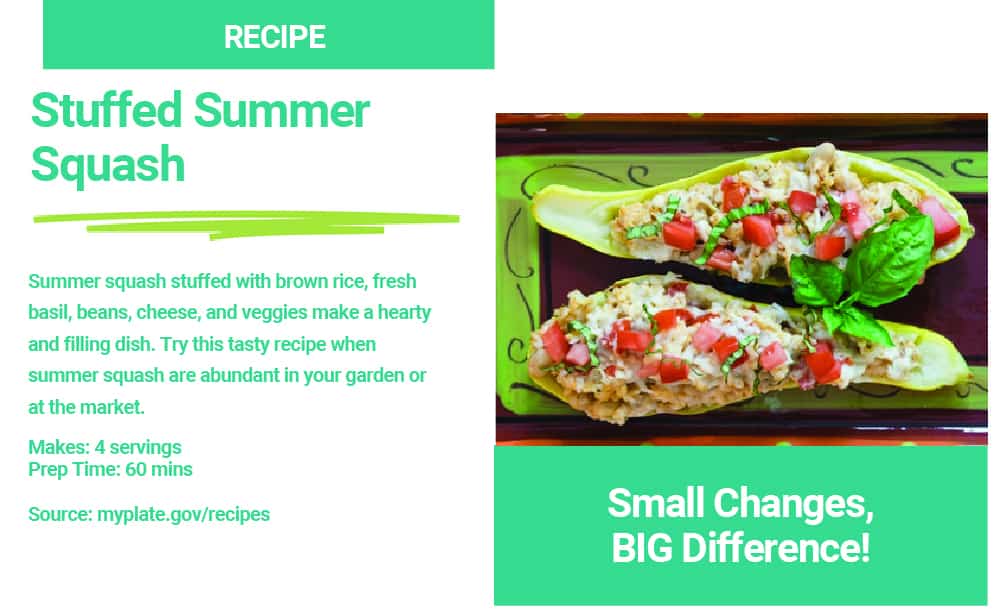
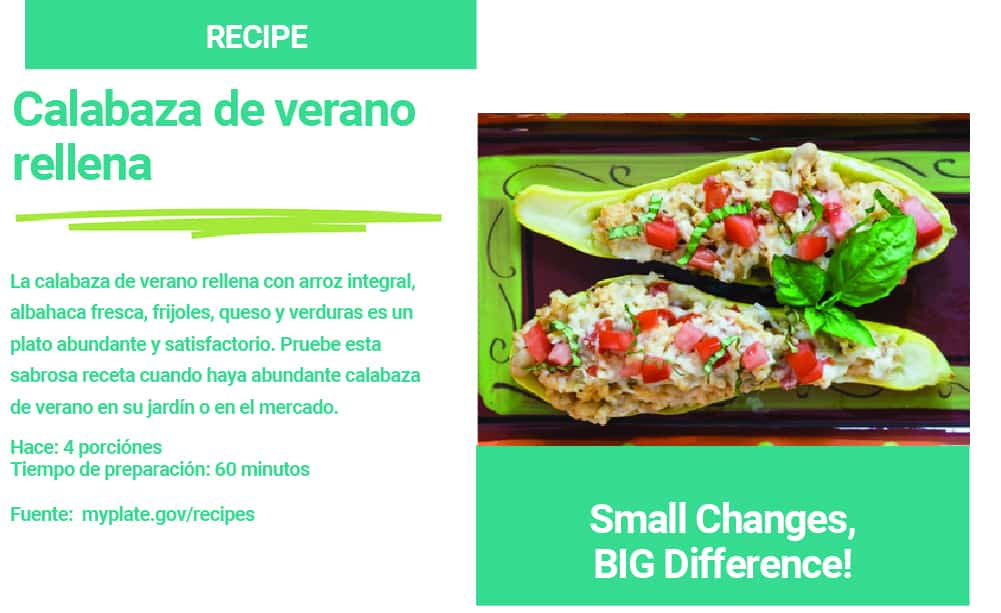

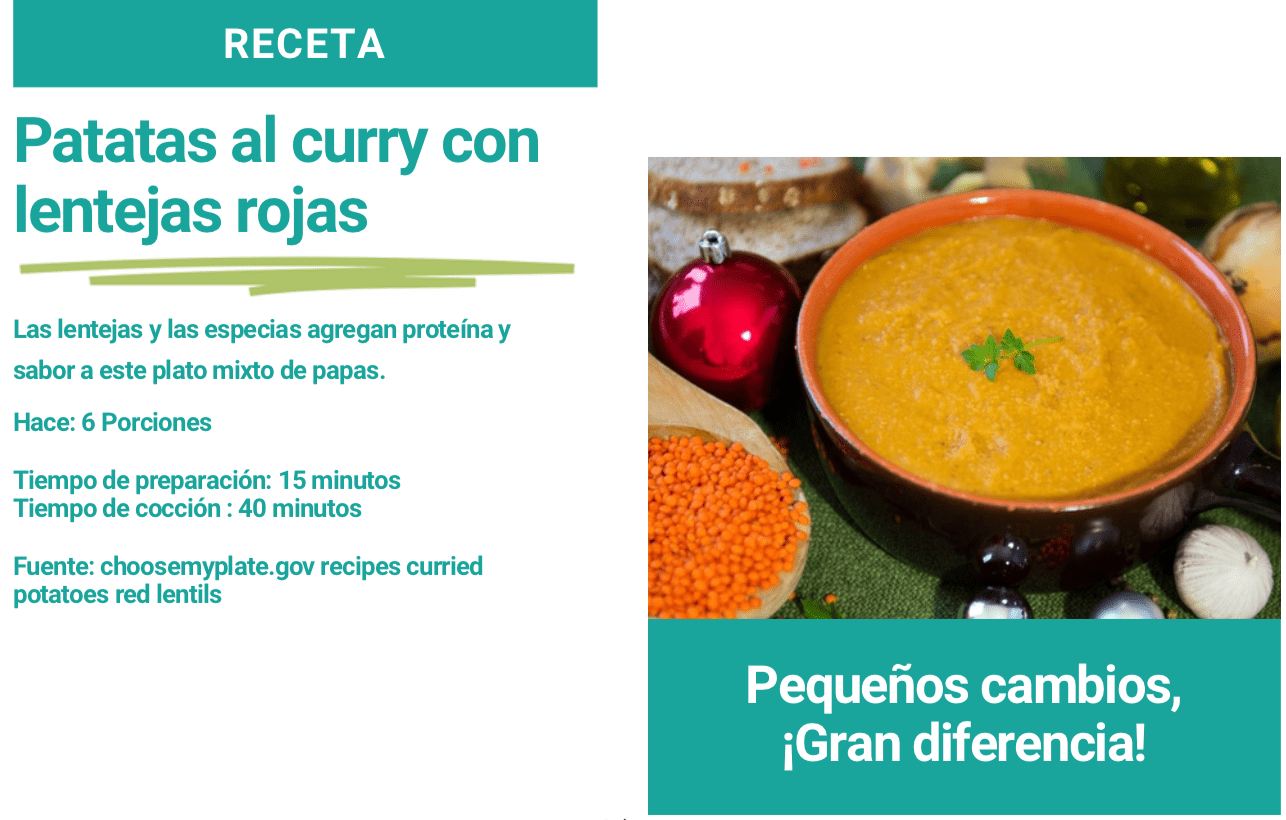
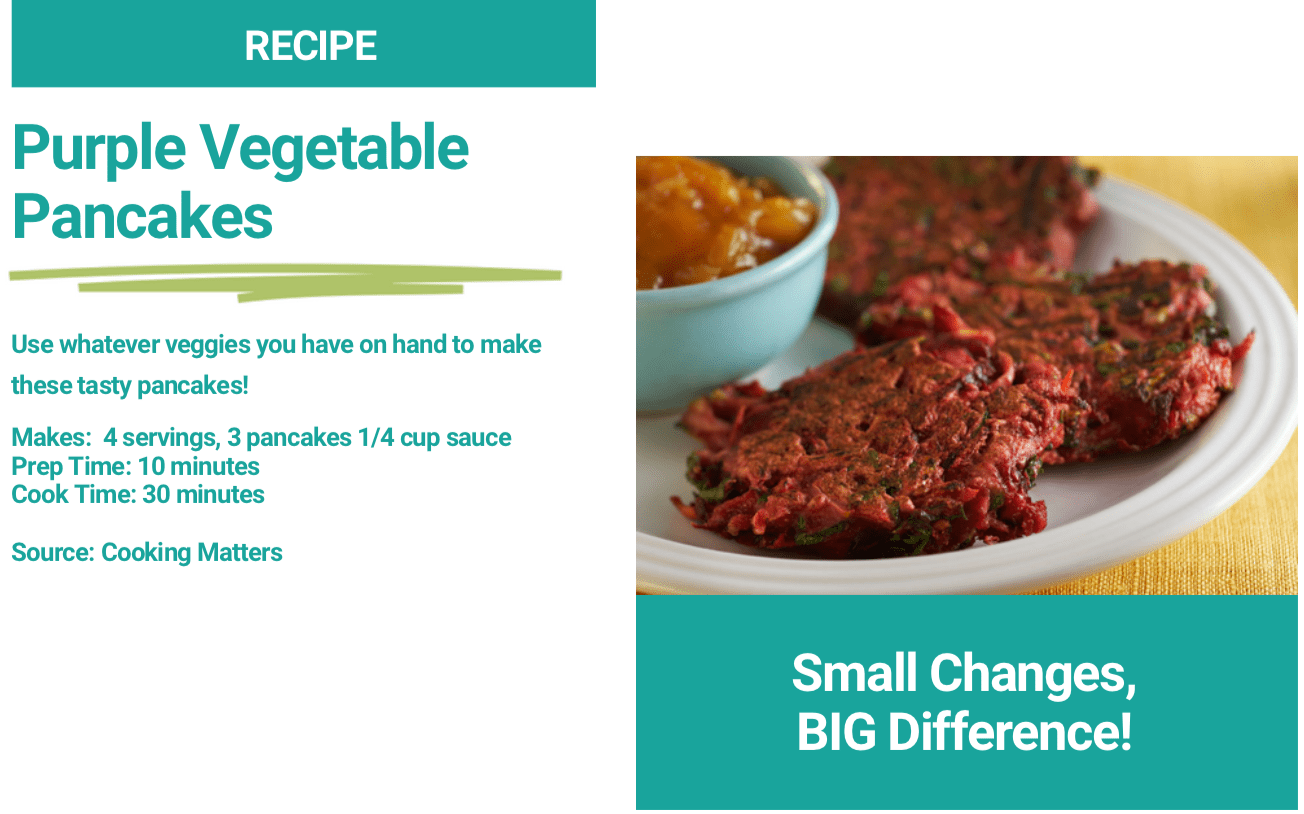

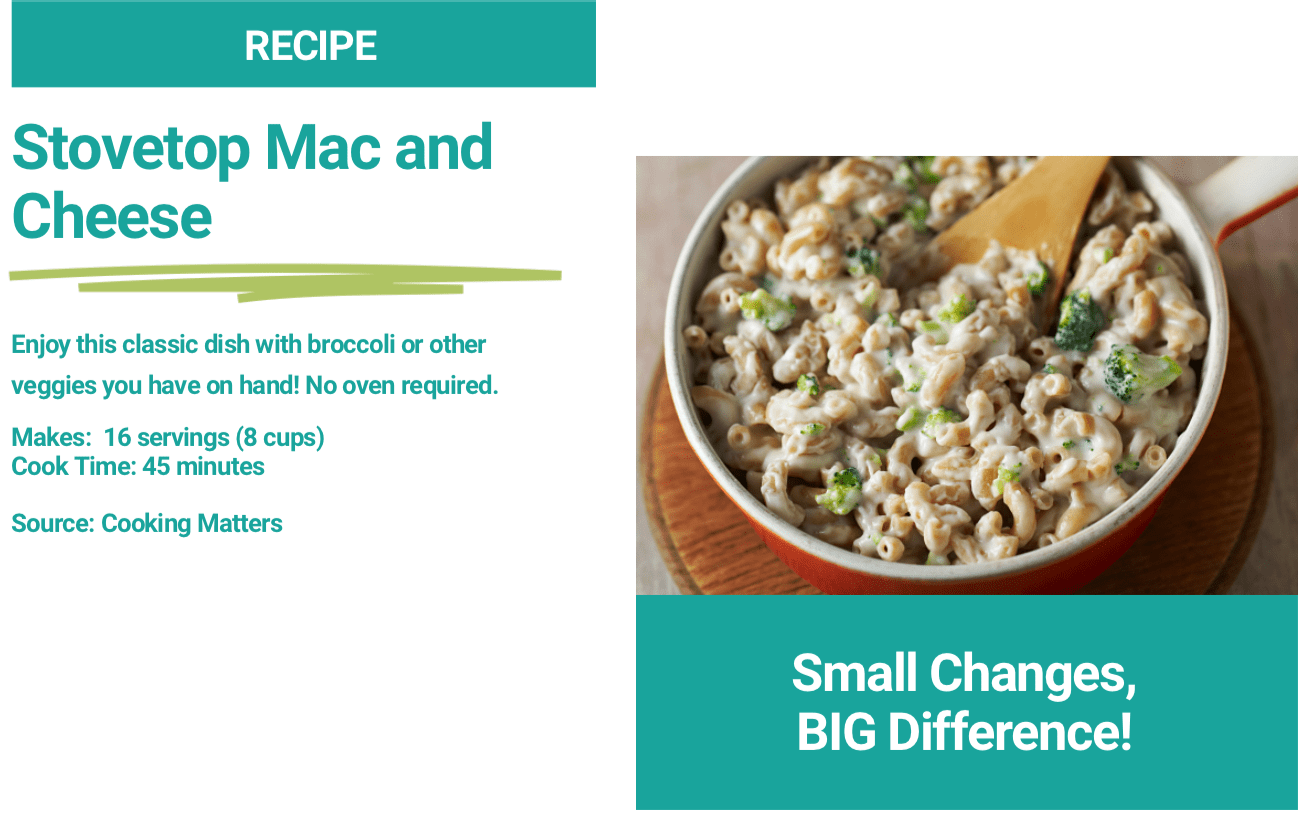



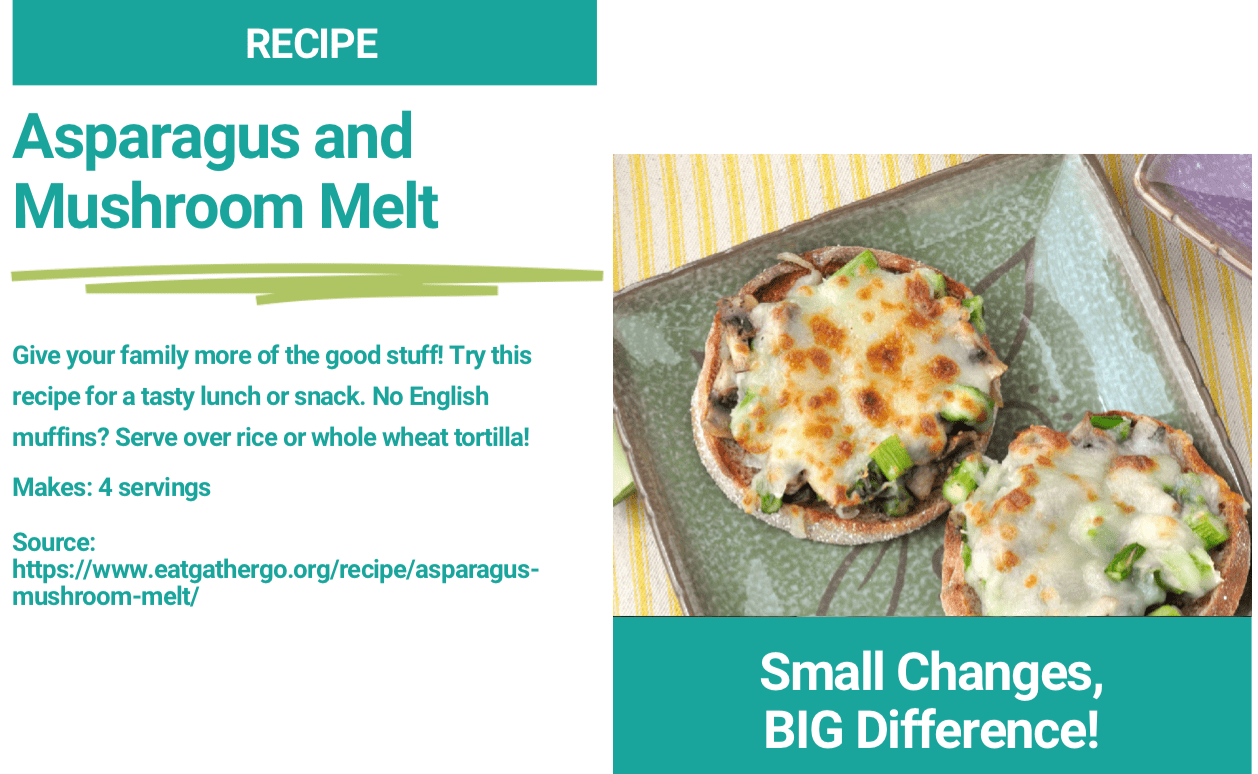
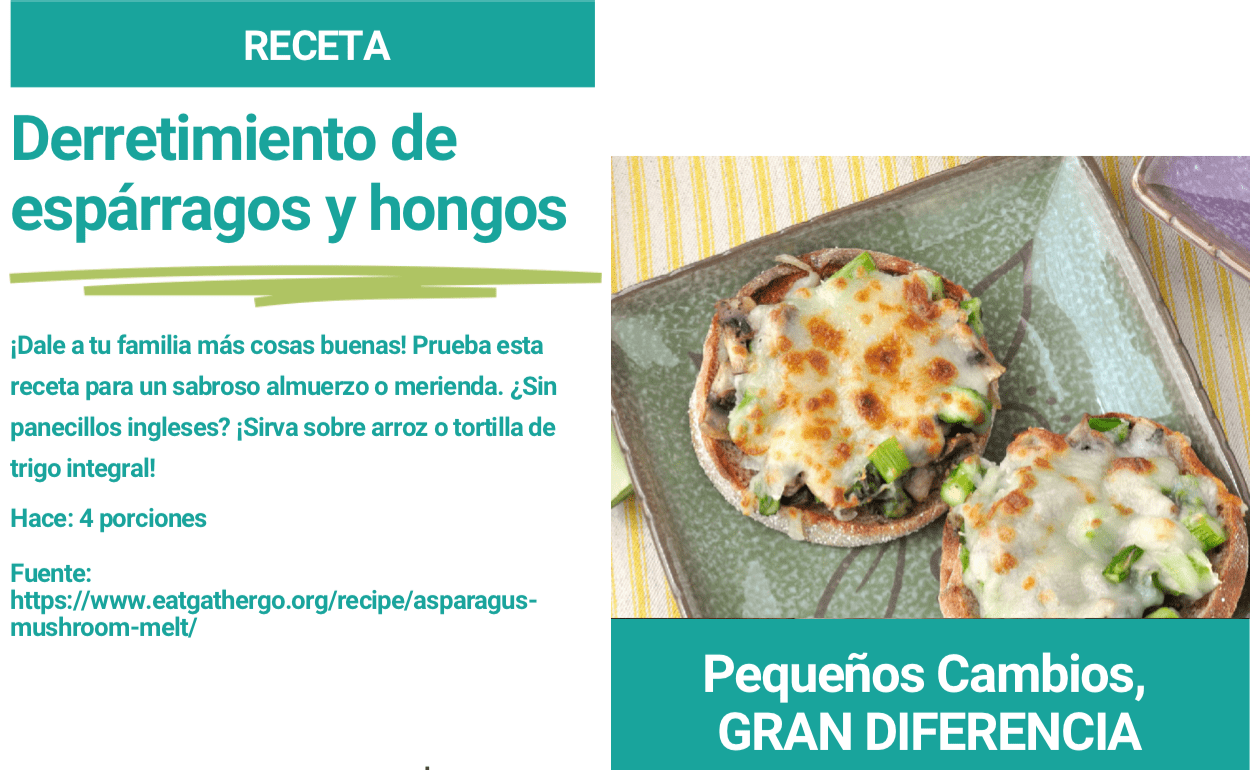
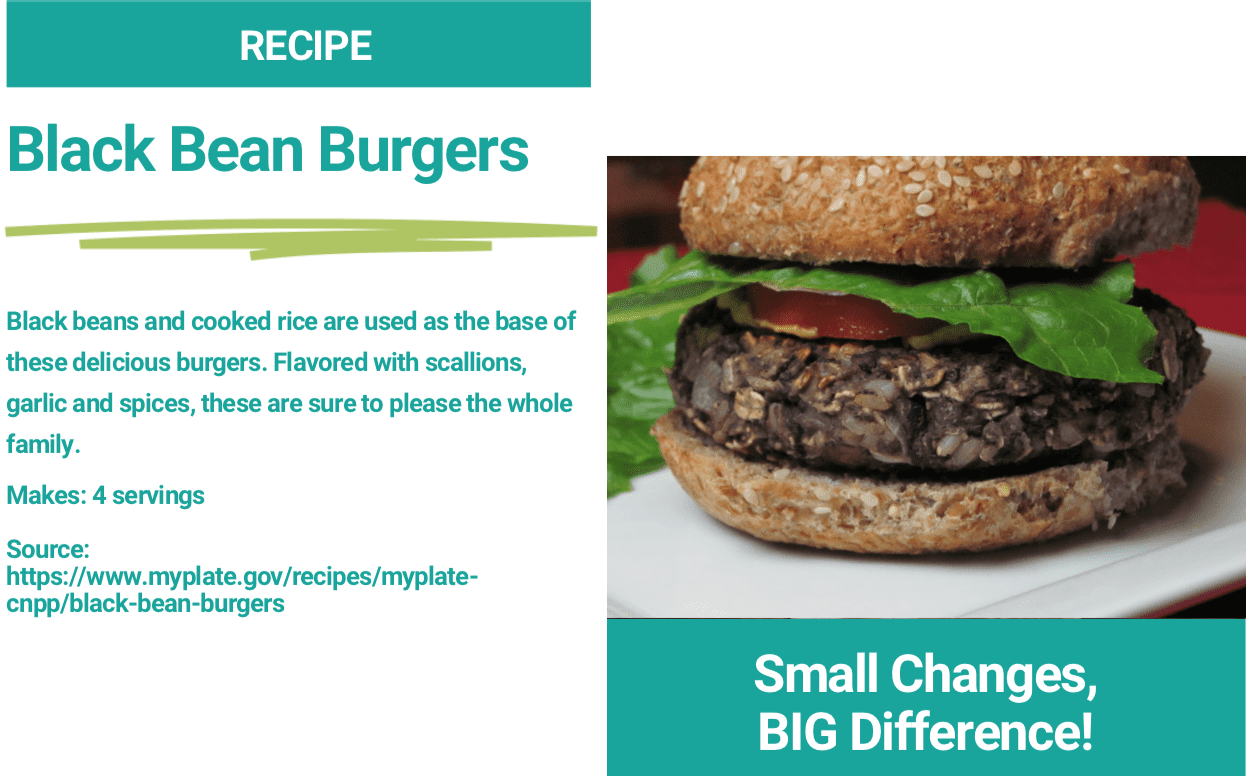



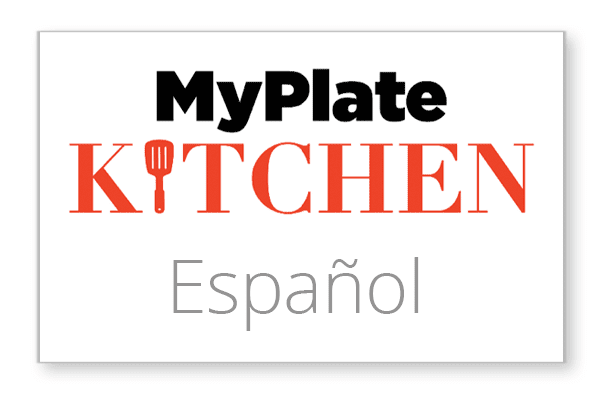
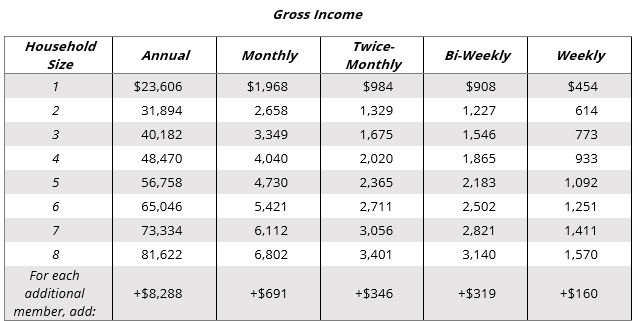
























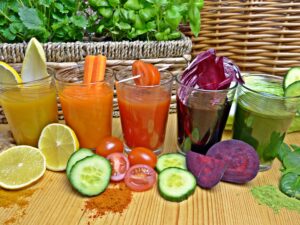








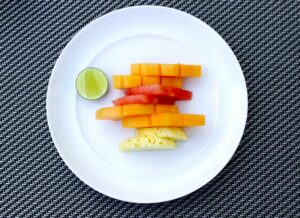







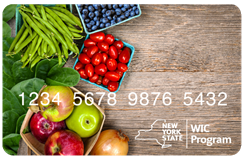








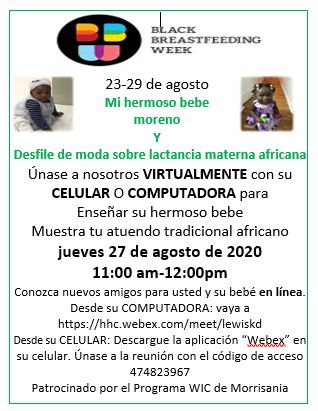

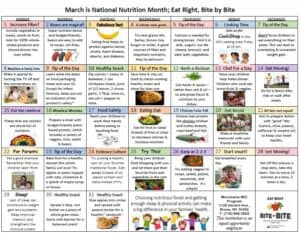



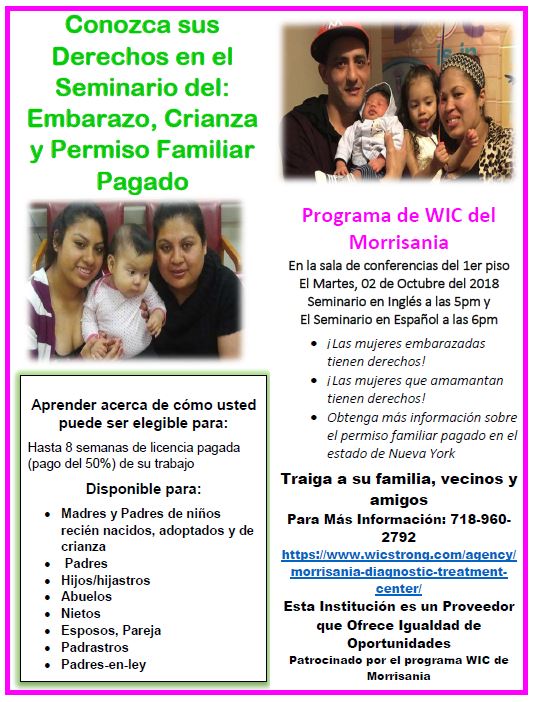
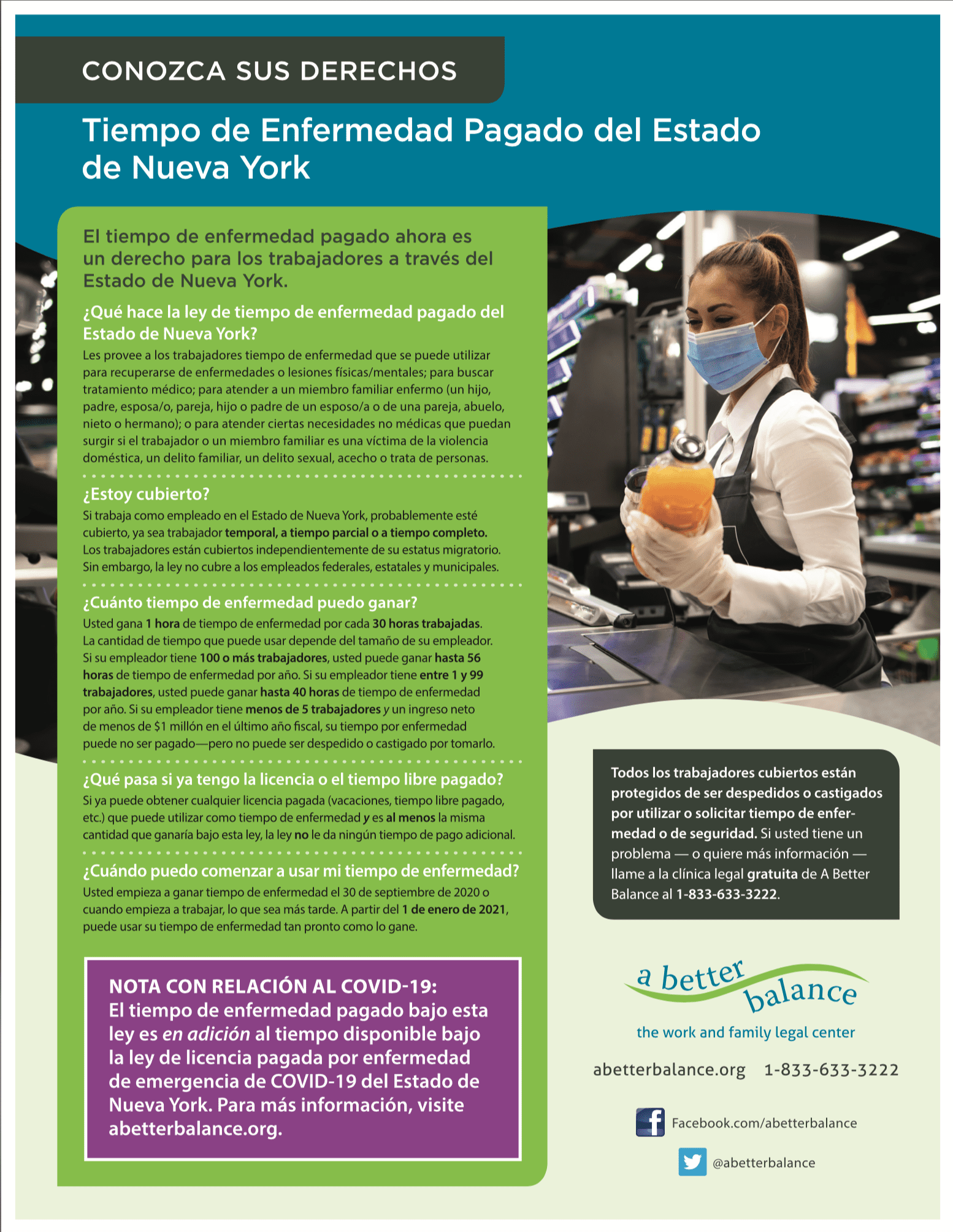
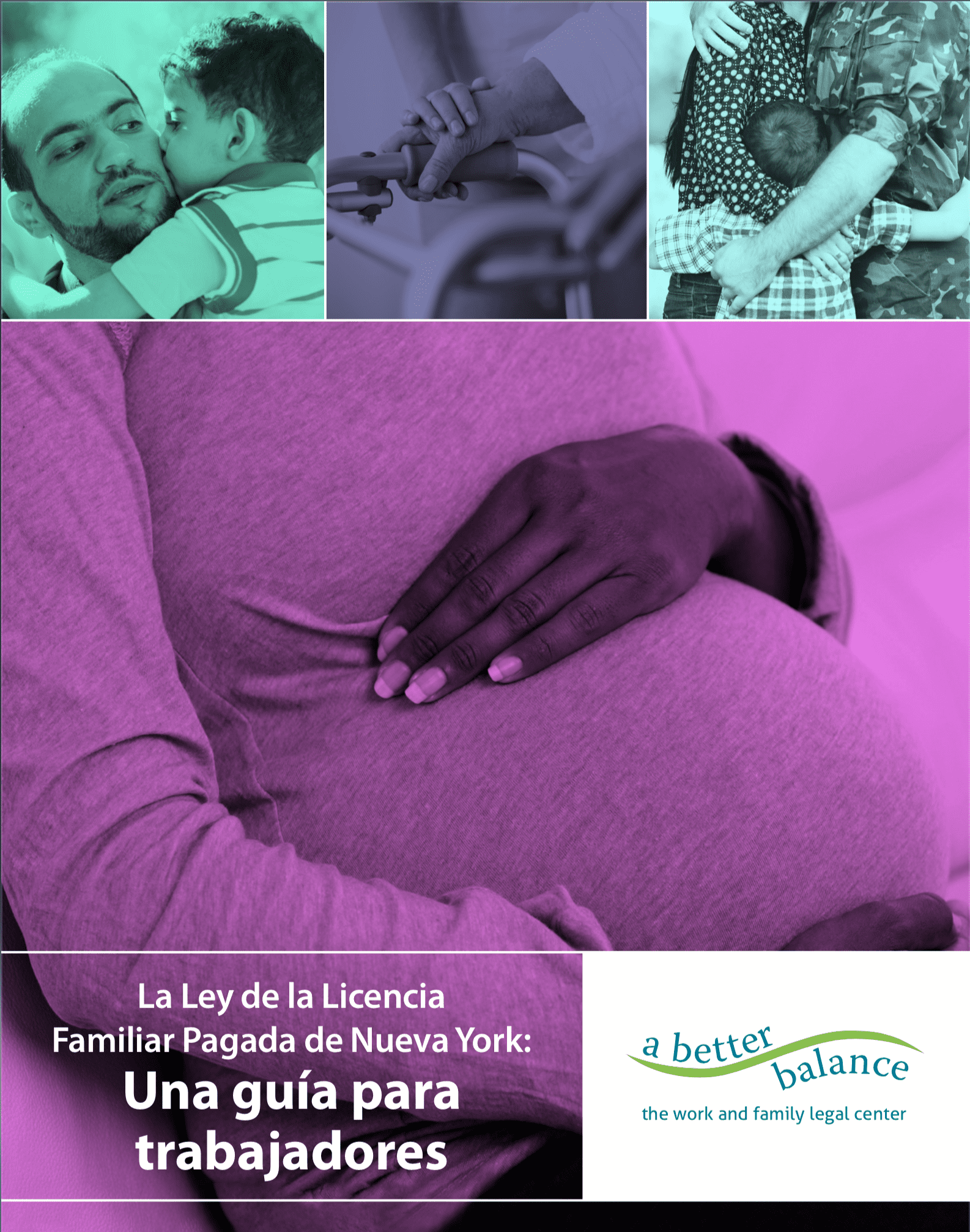
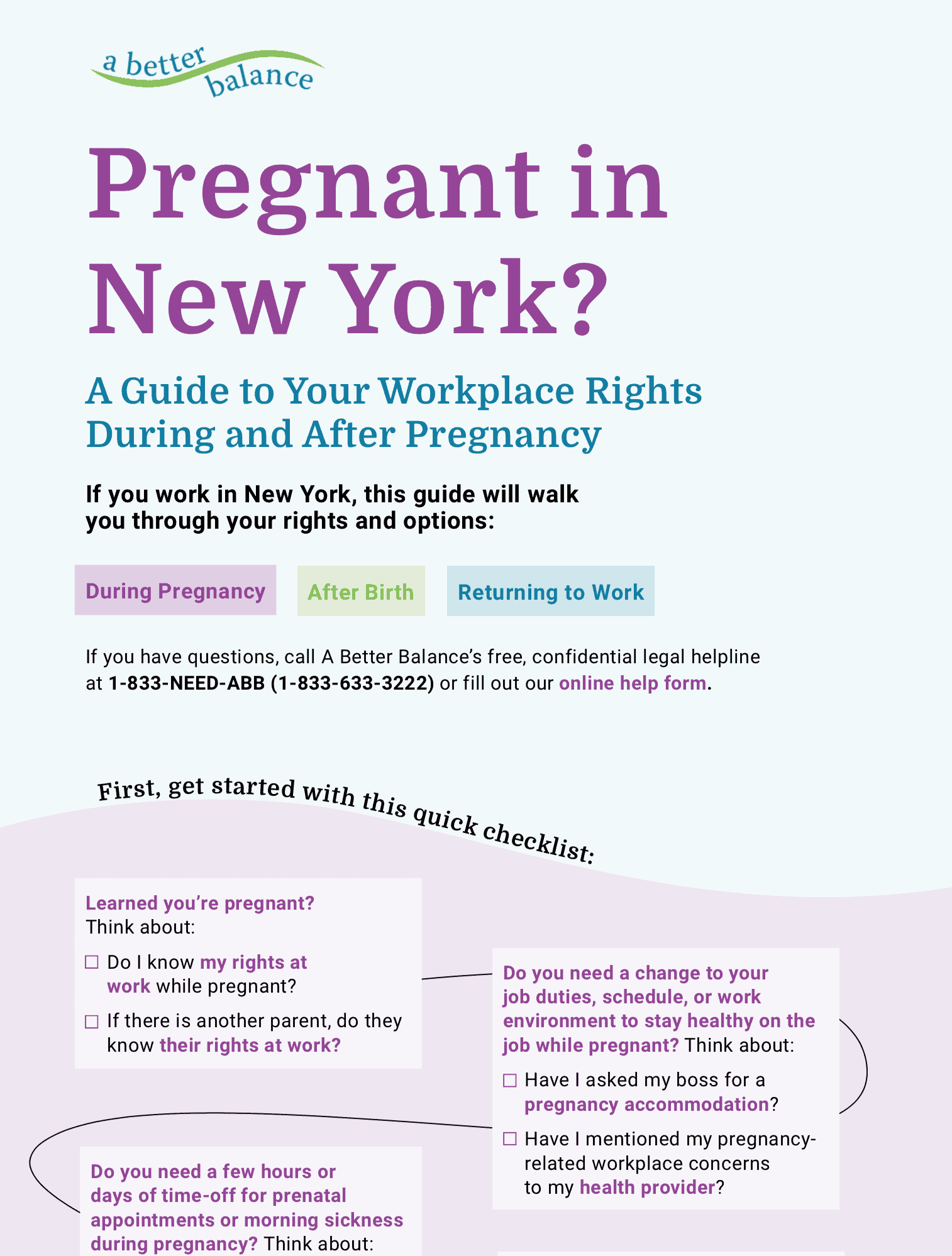

Social Media Links
Like our Facebook pages

Morrisania Breastfeeding Support